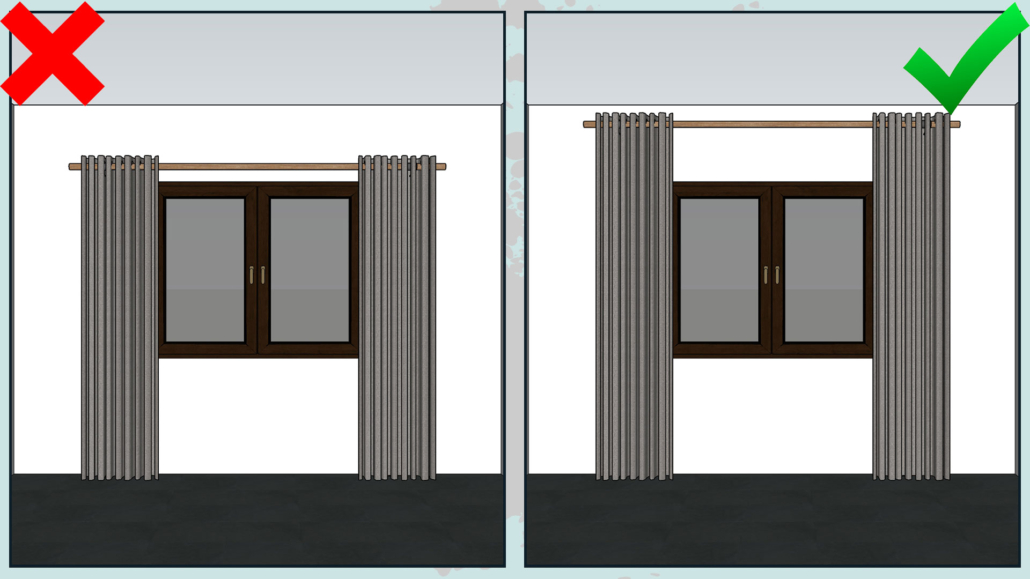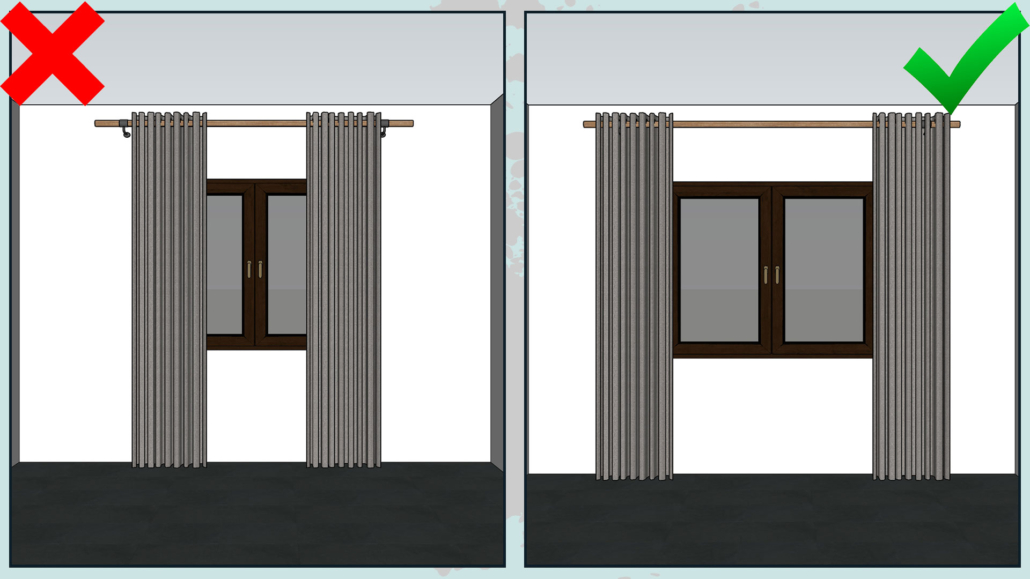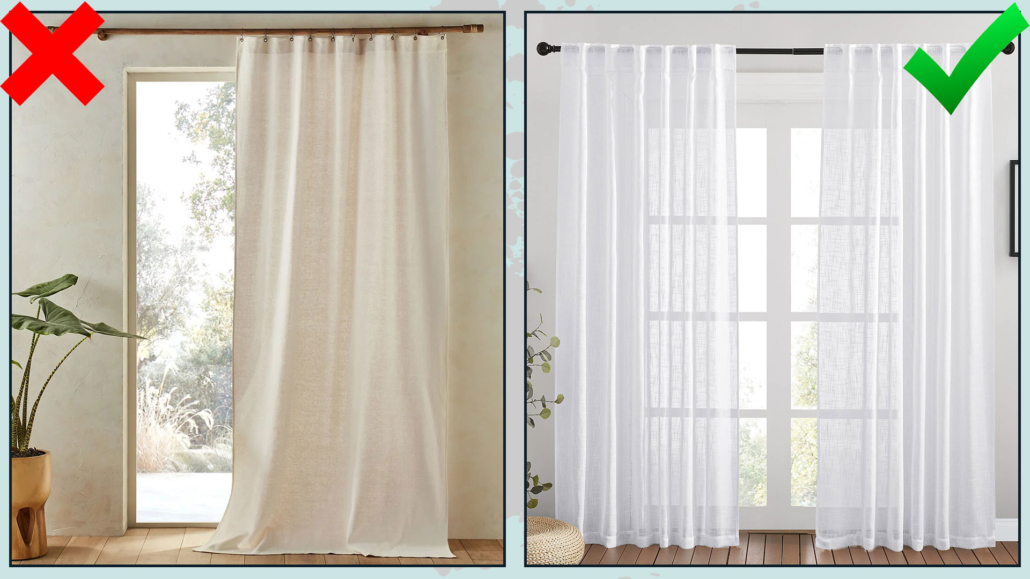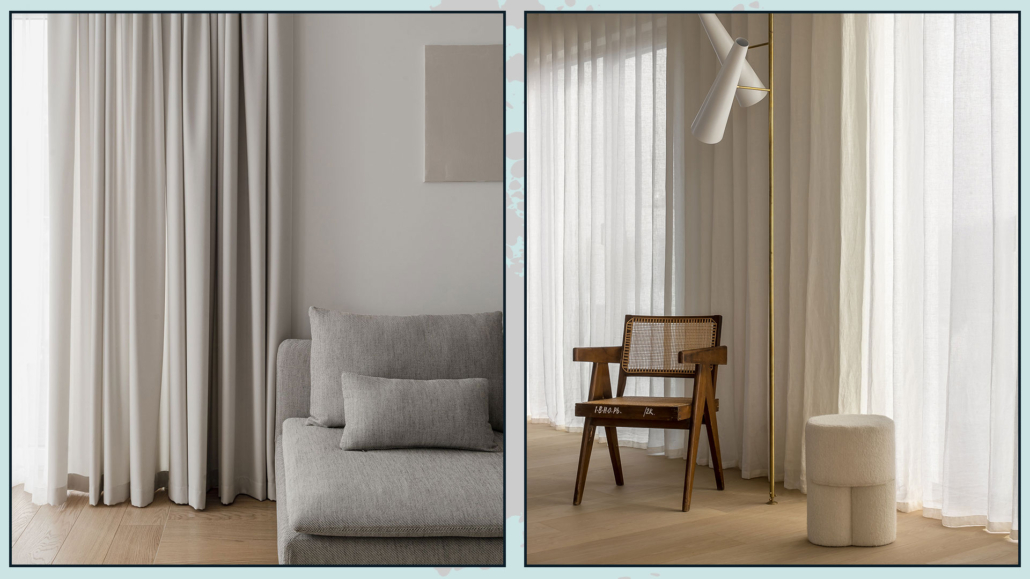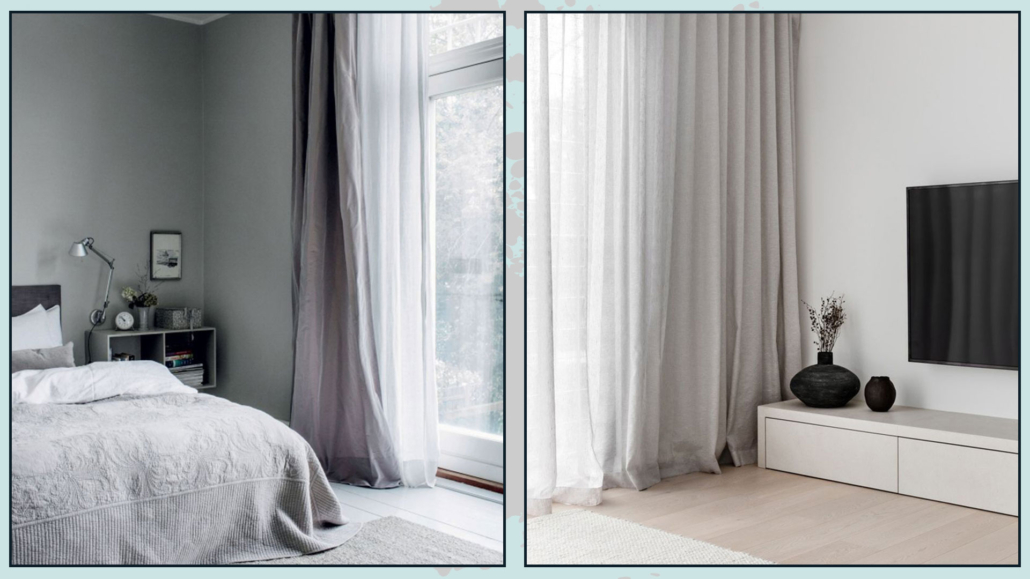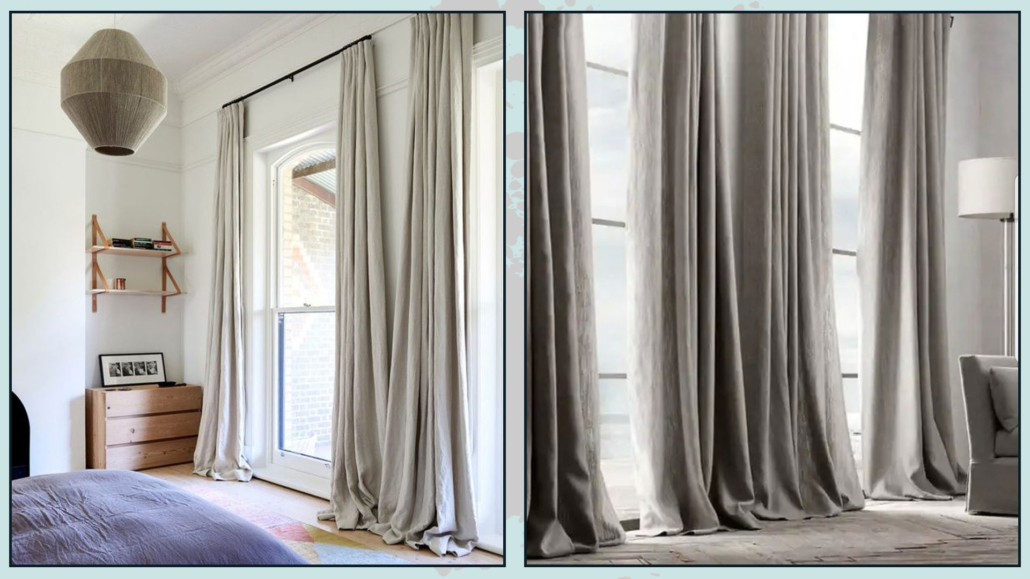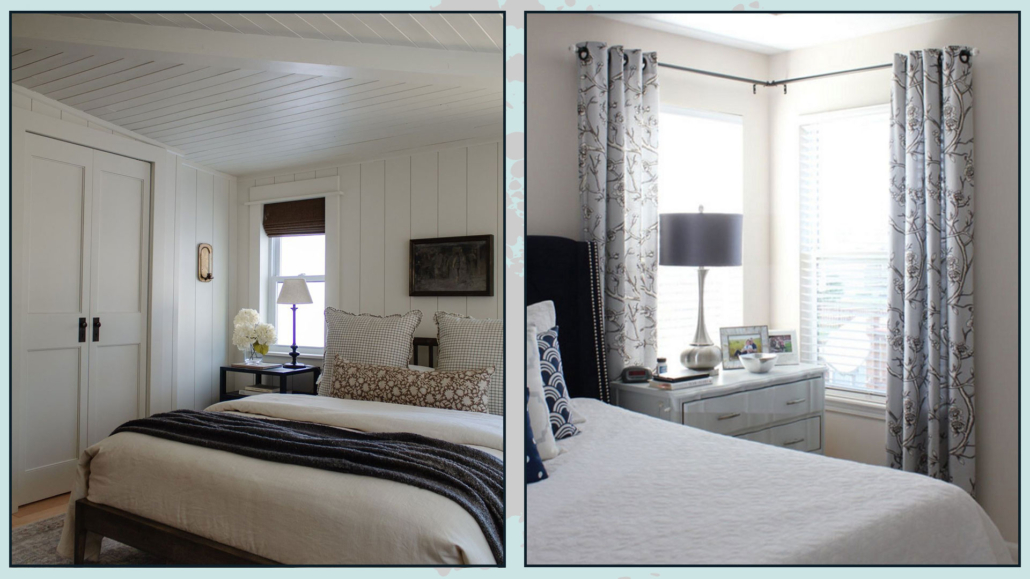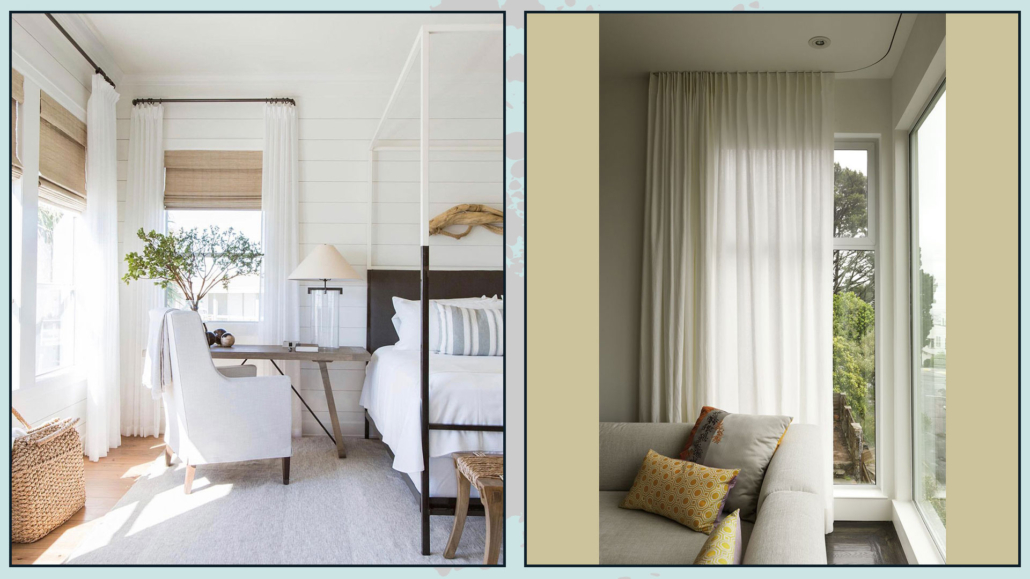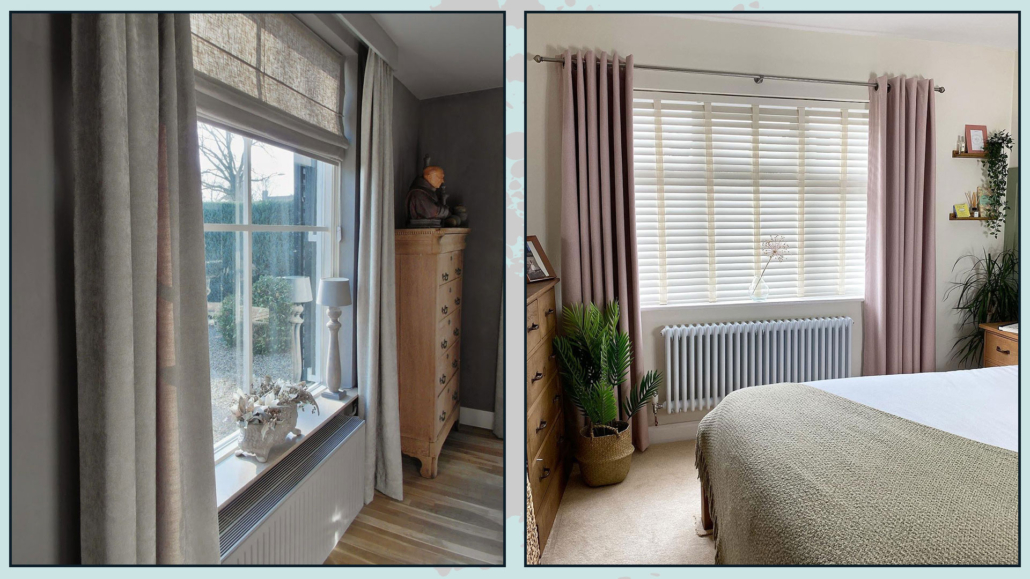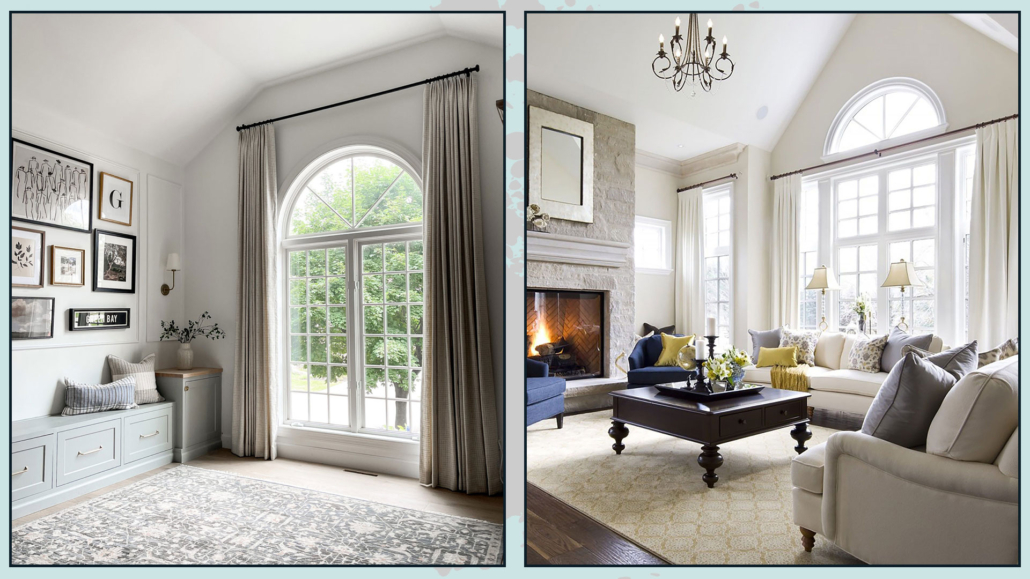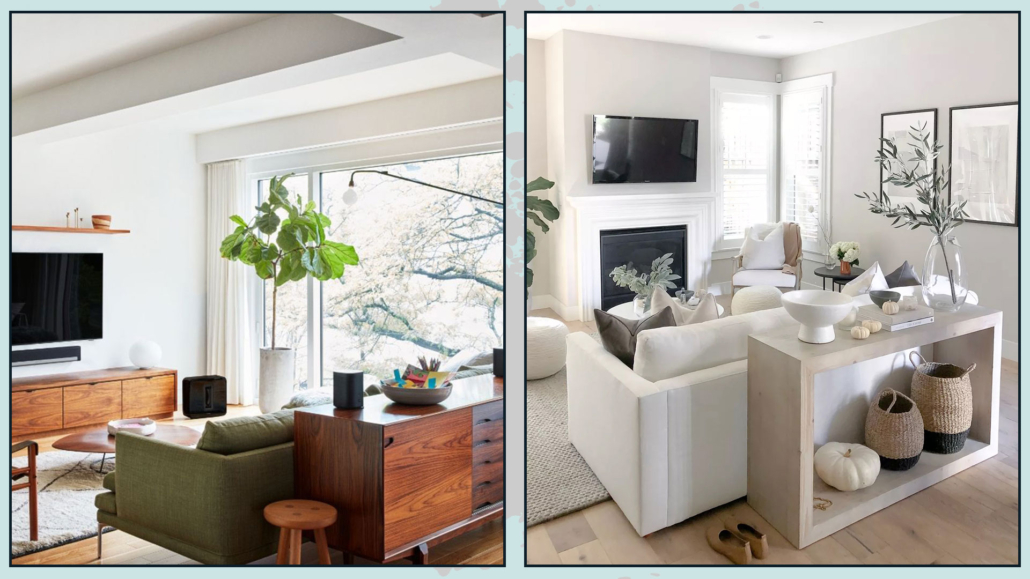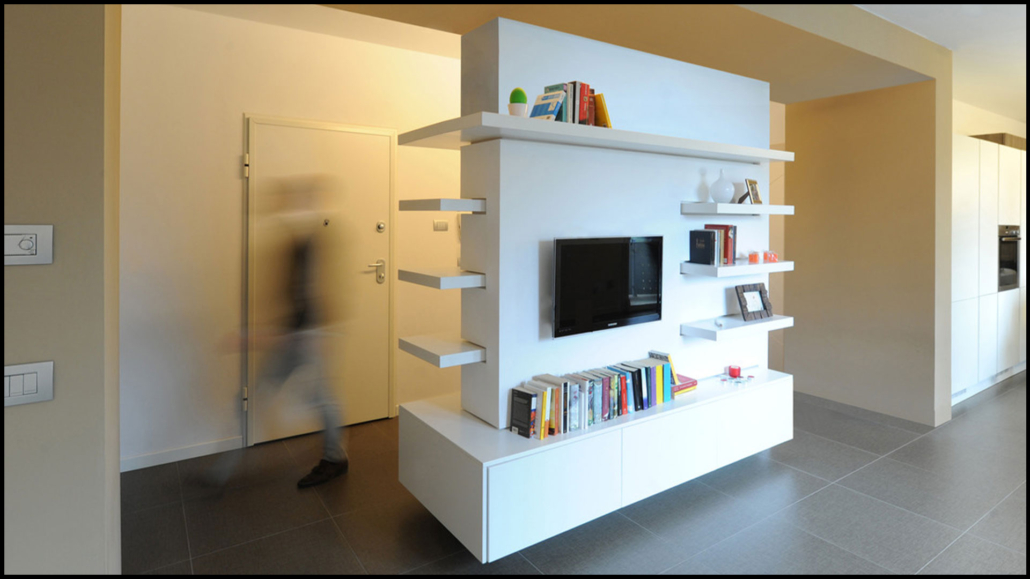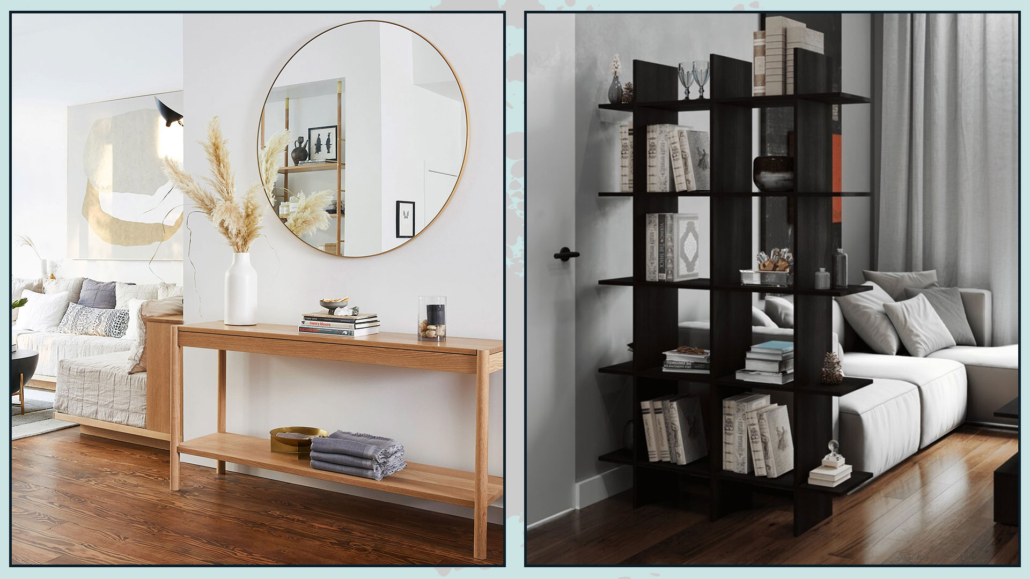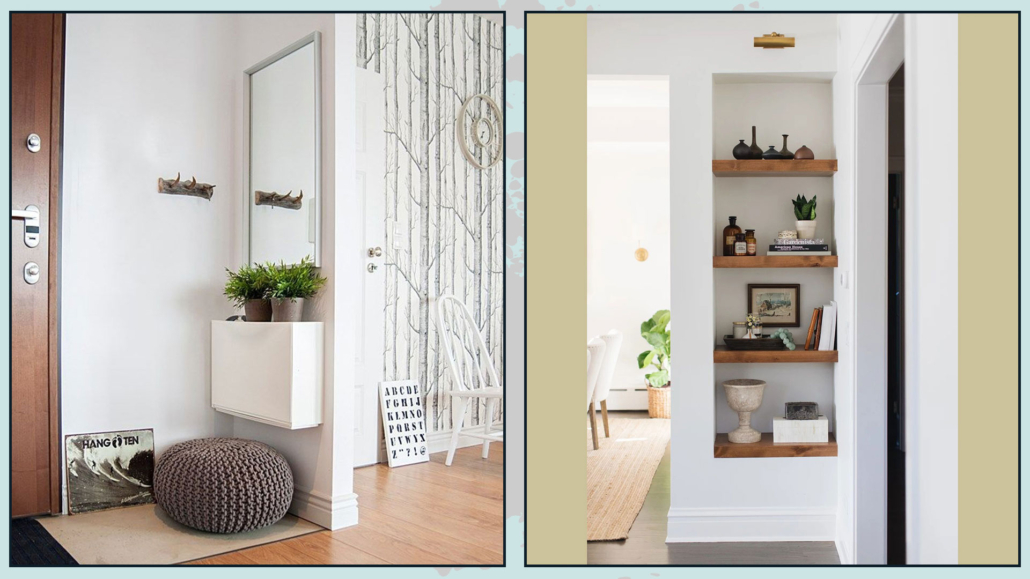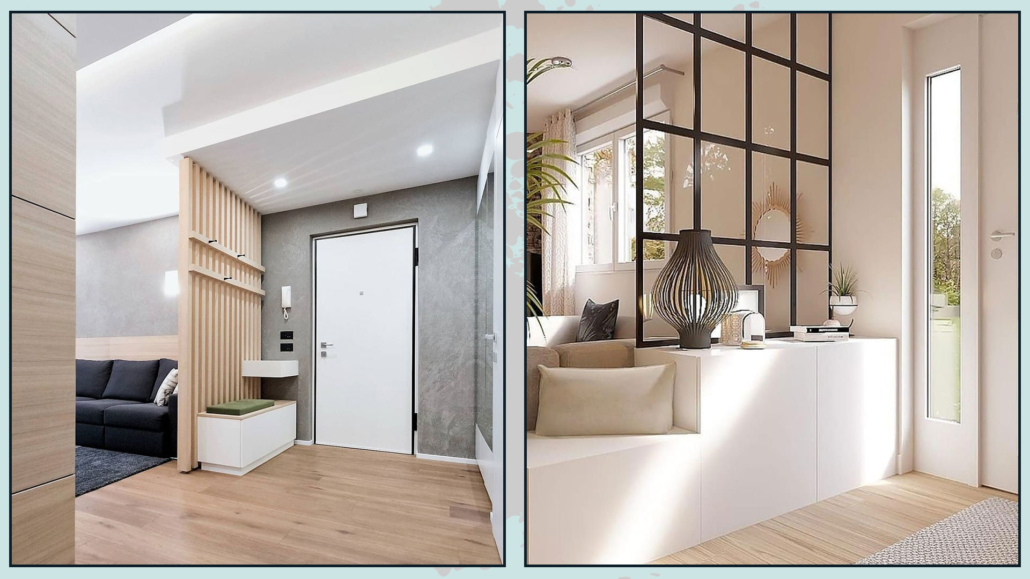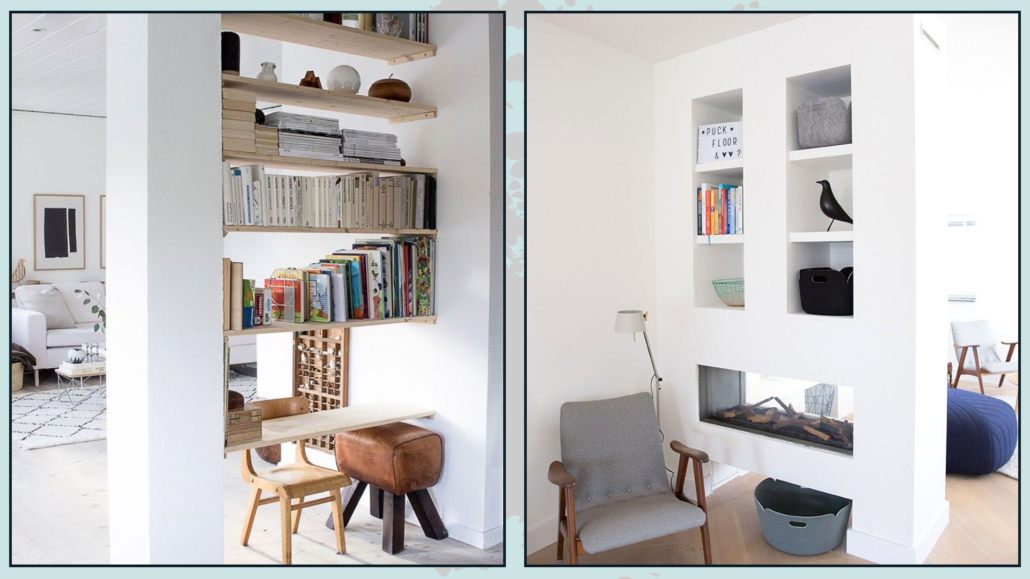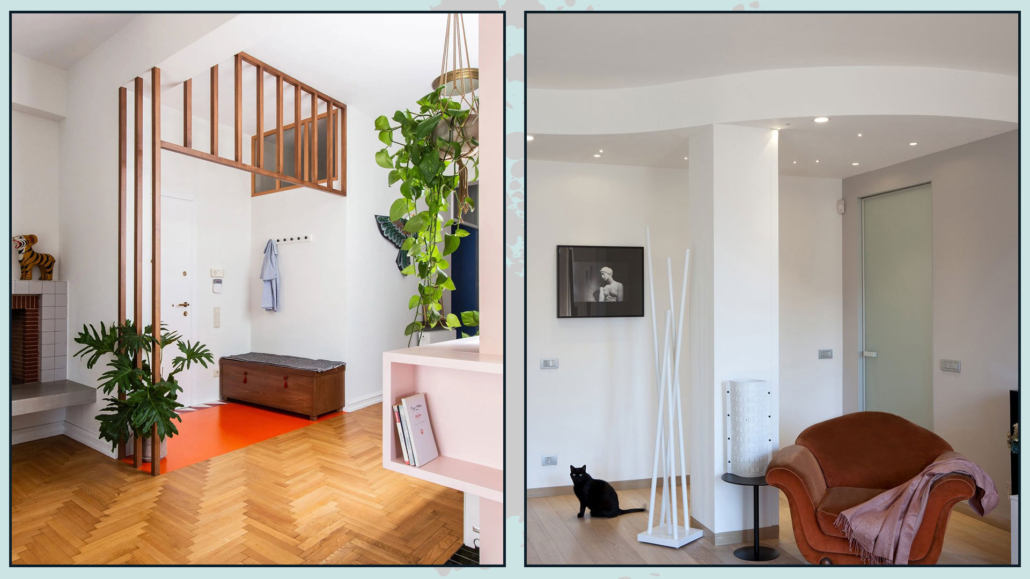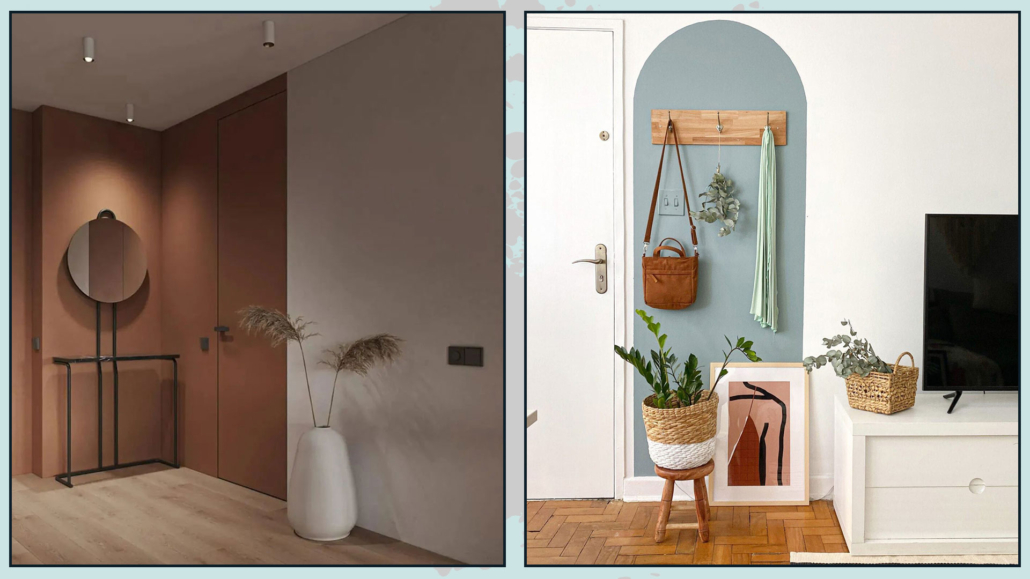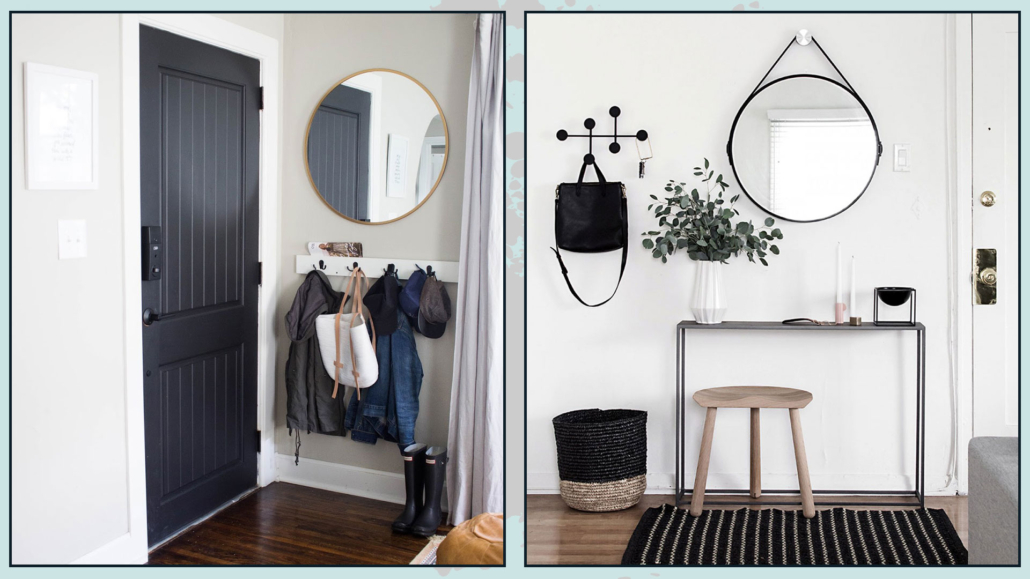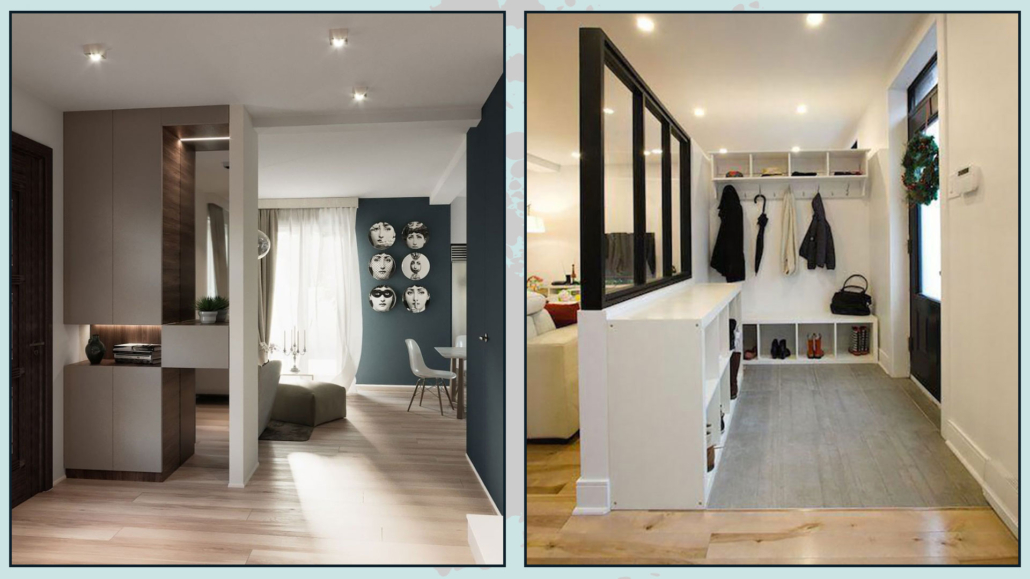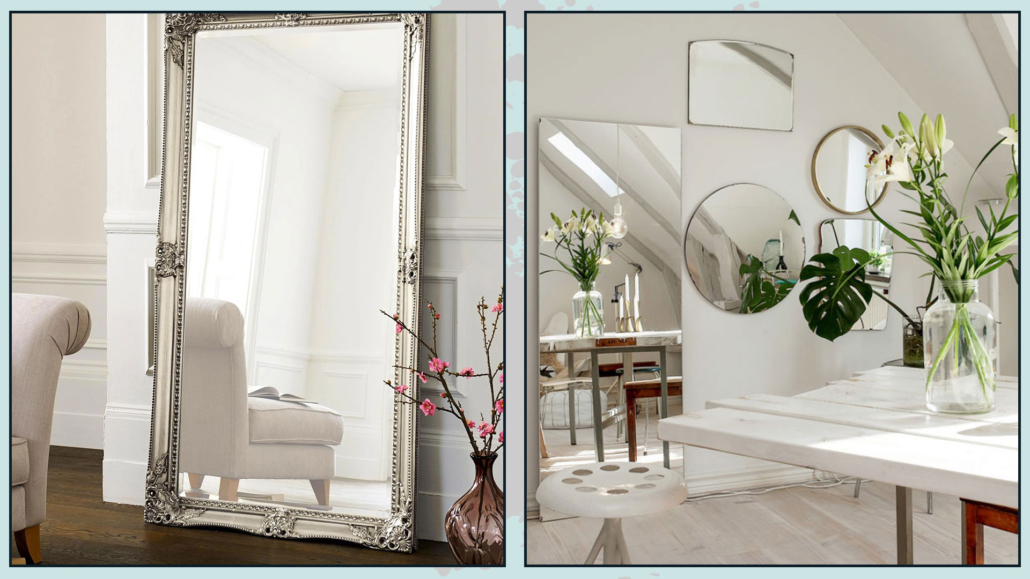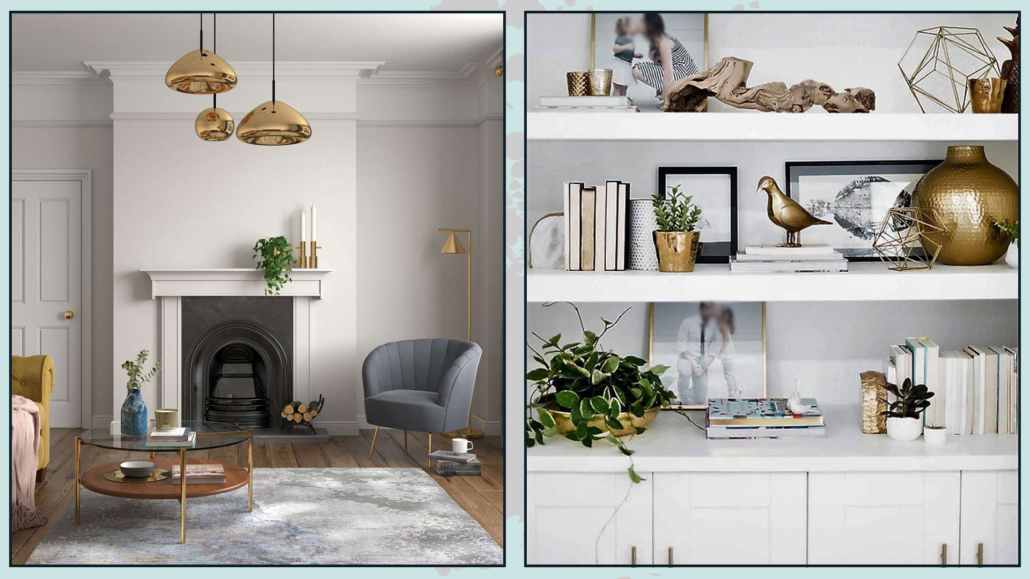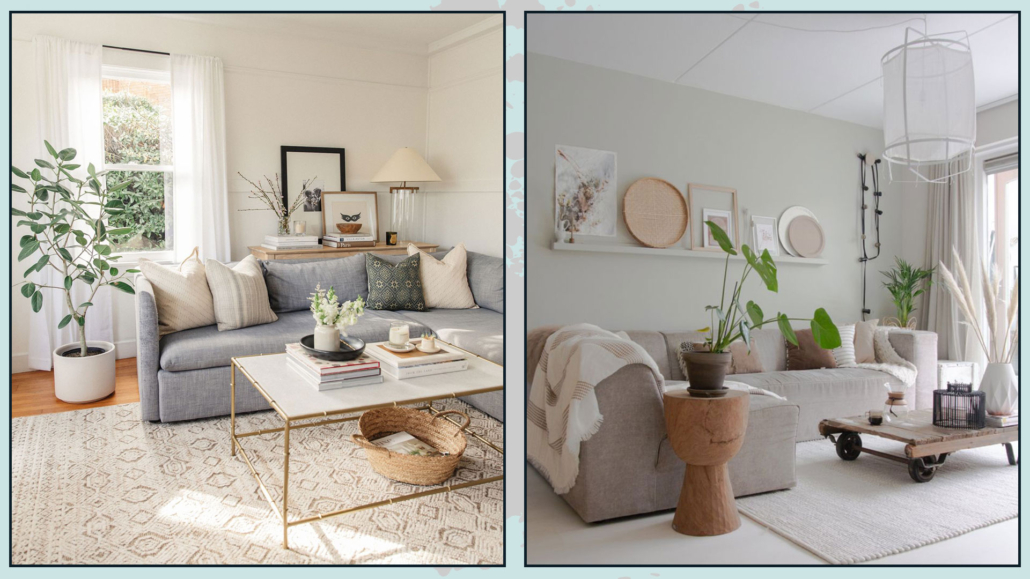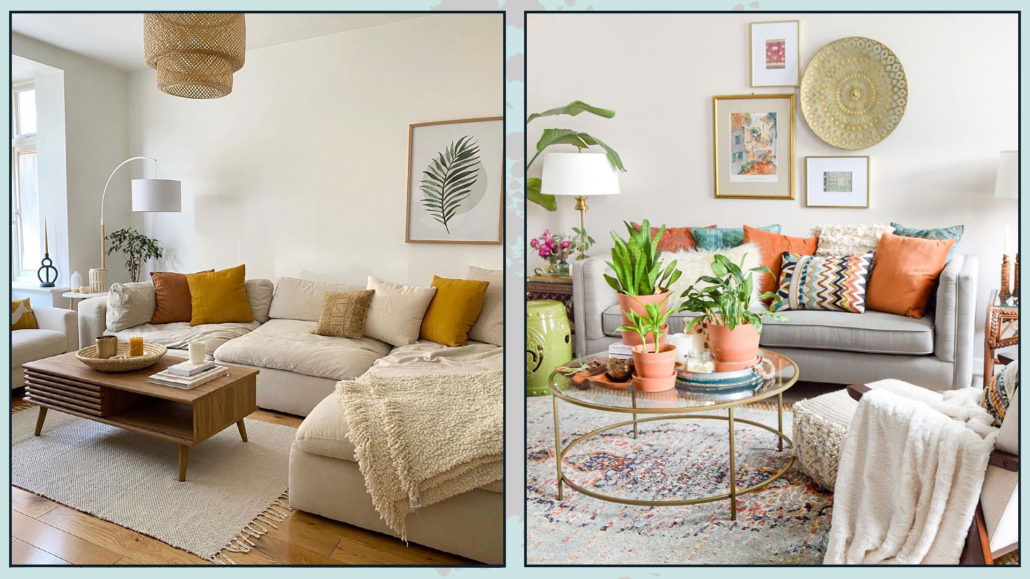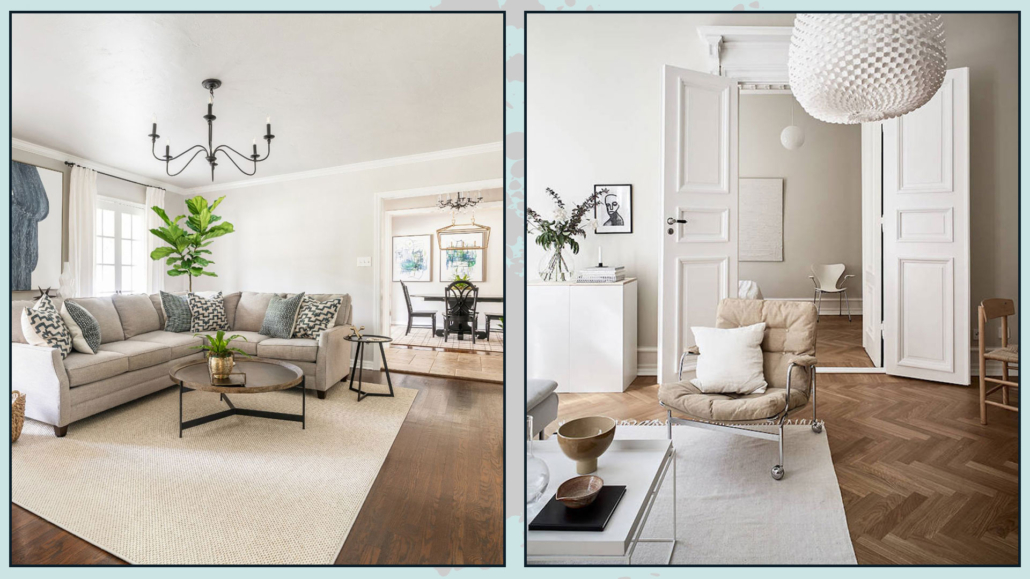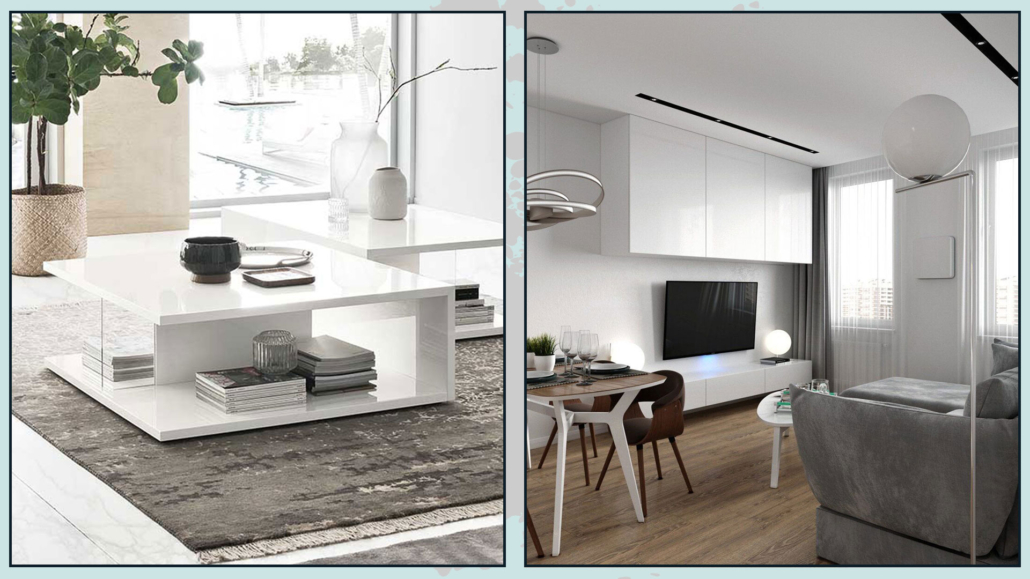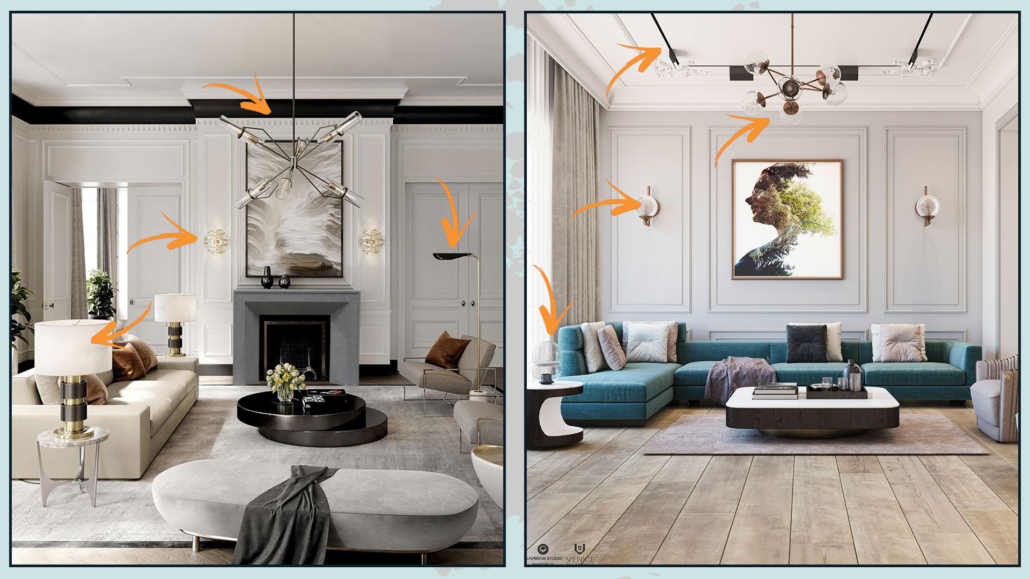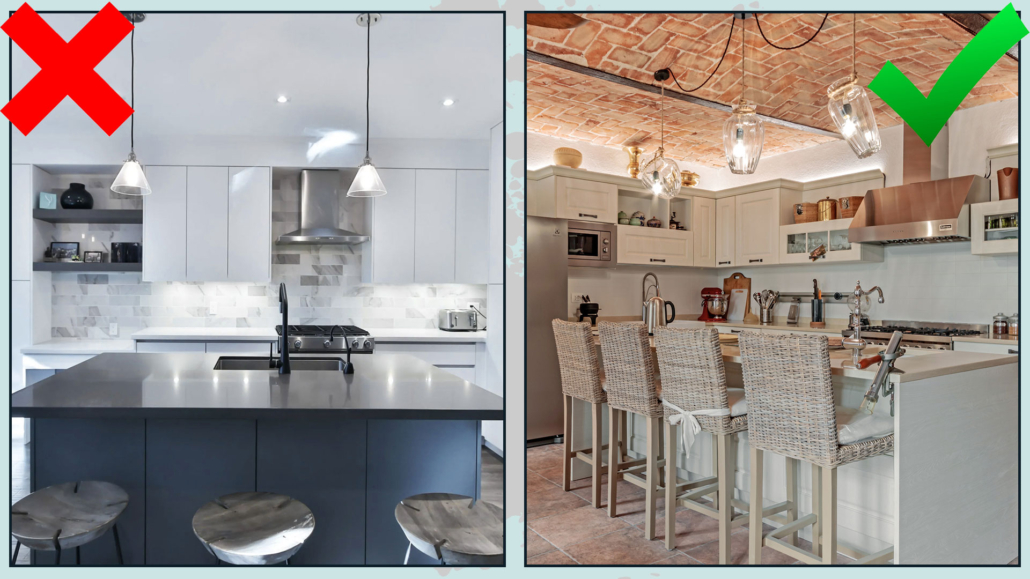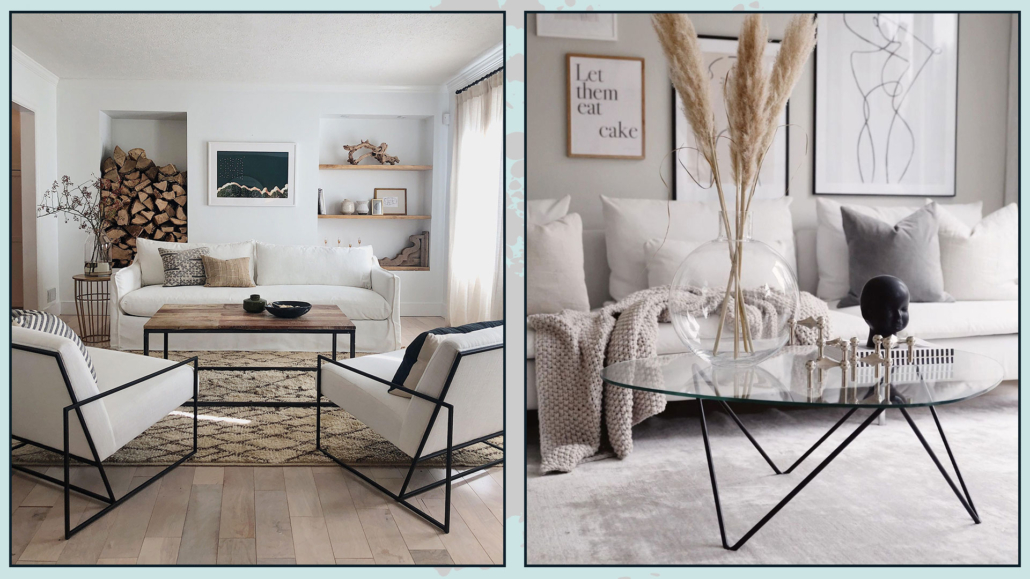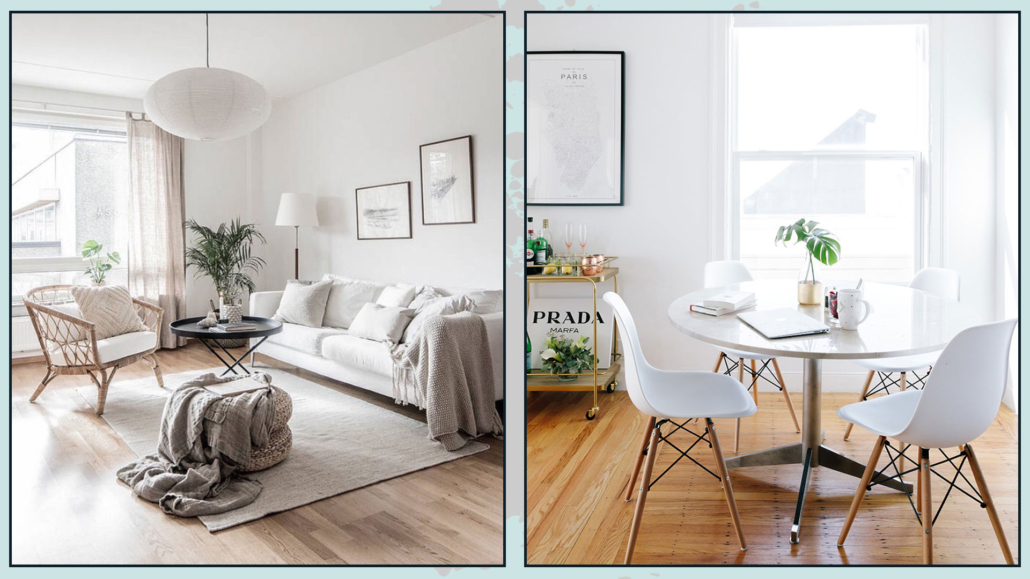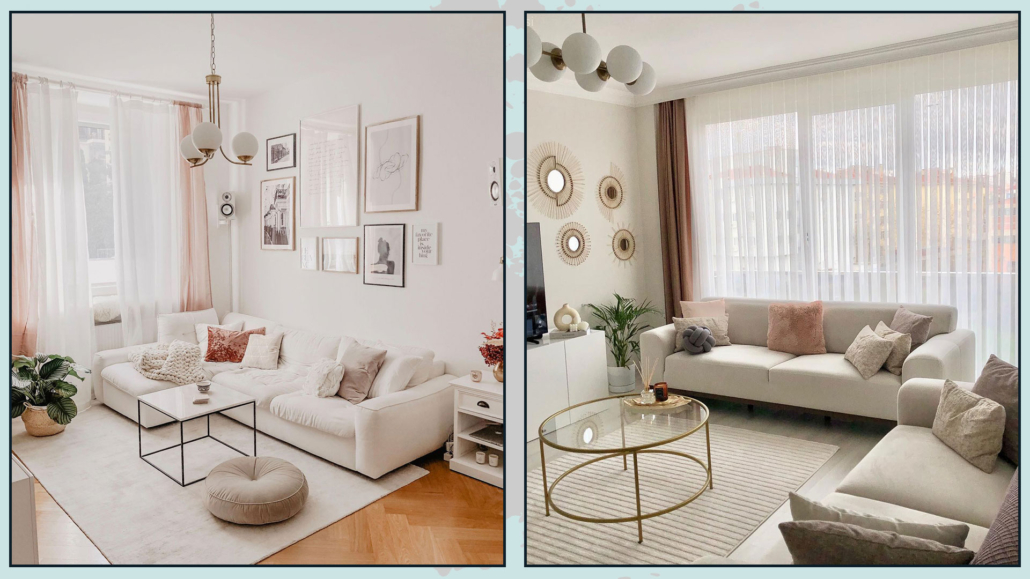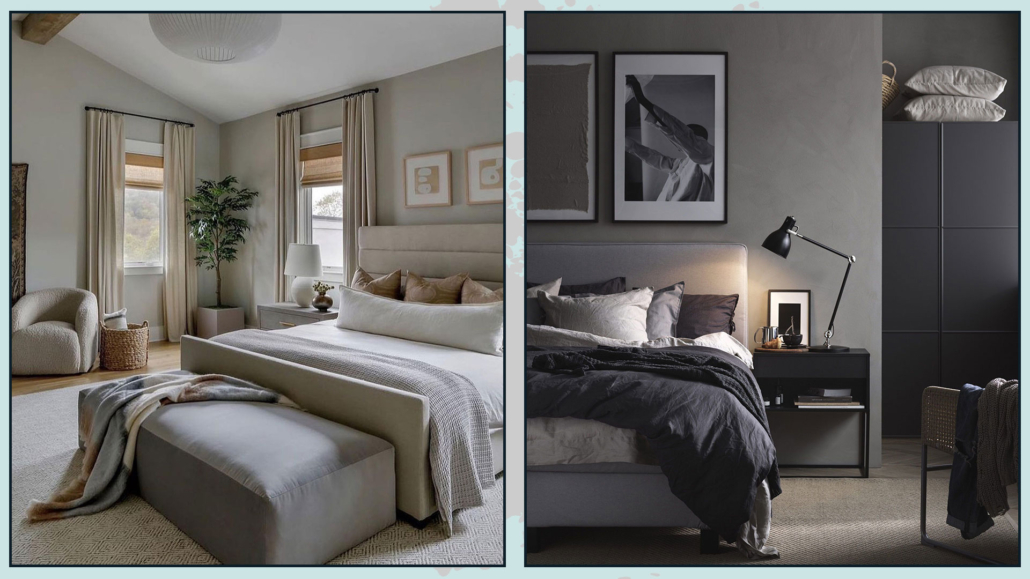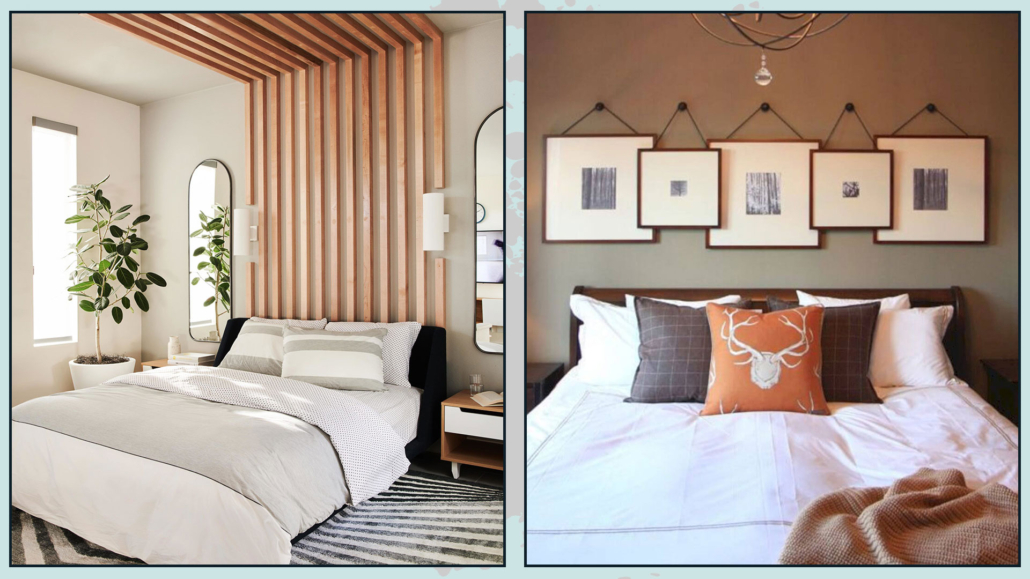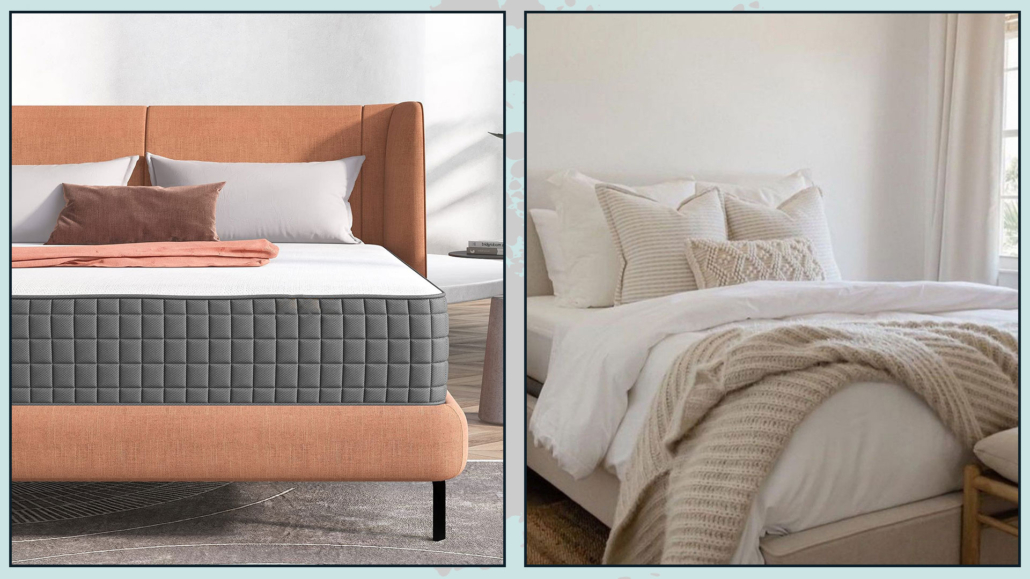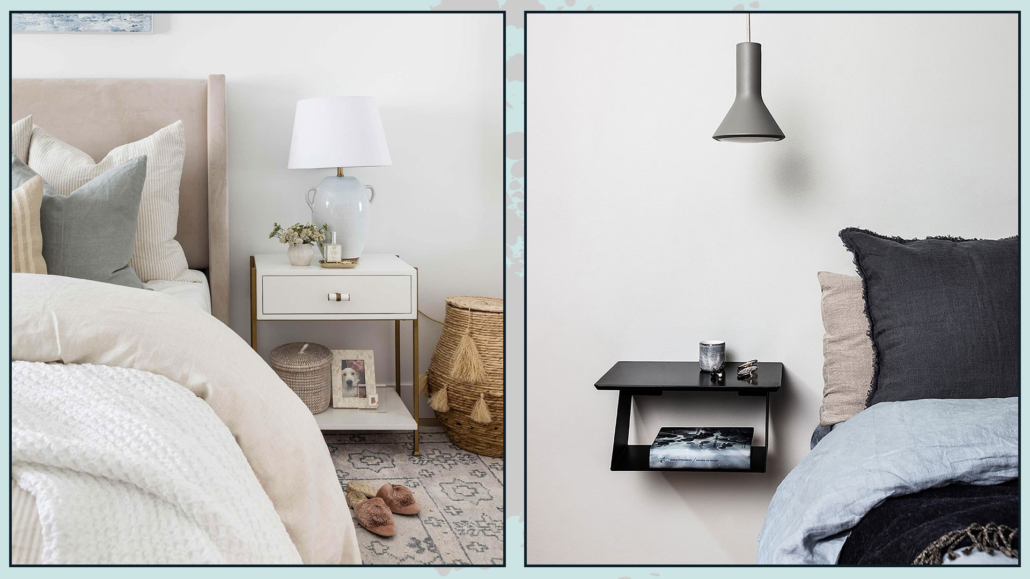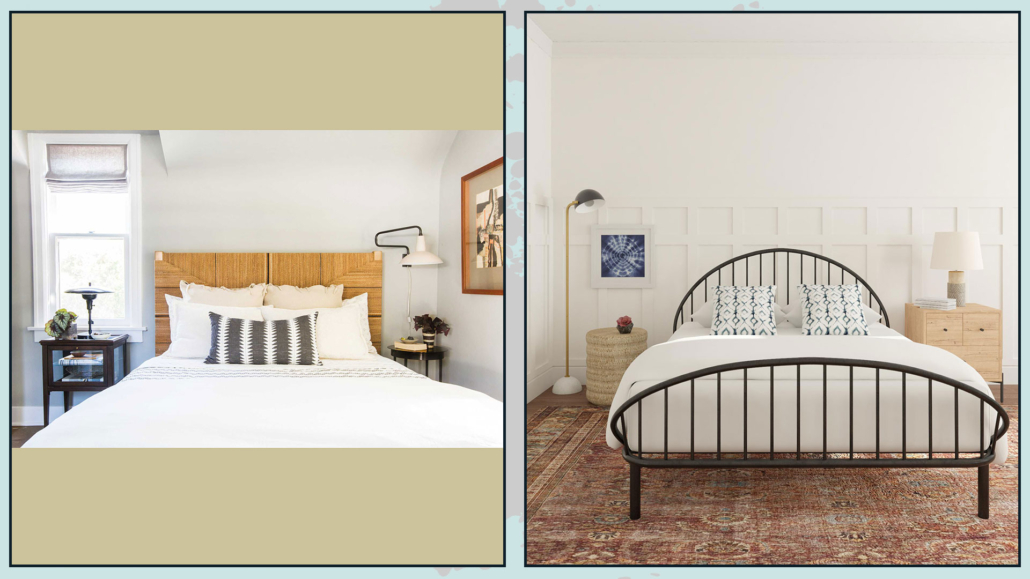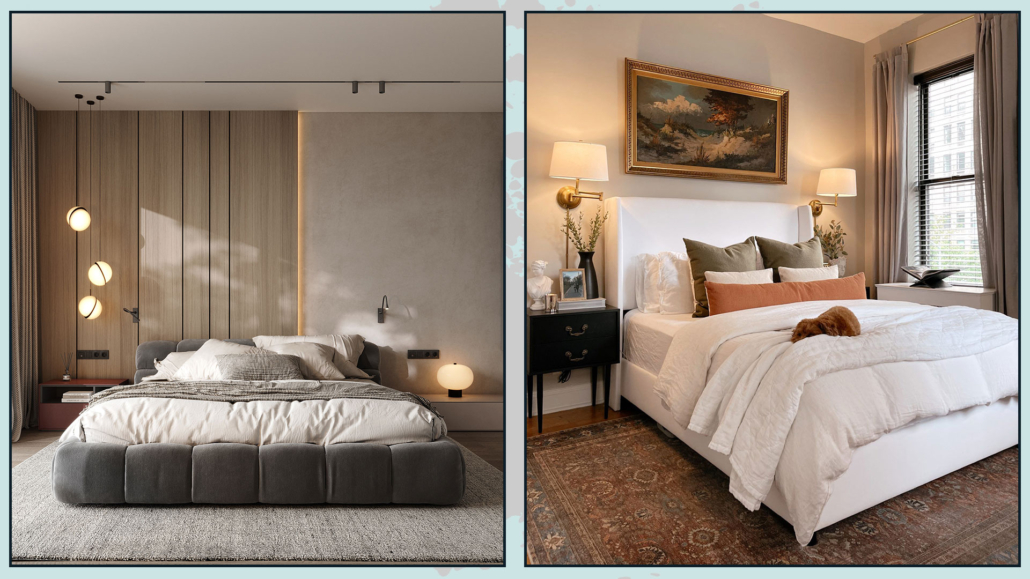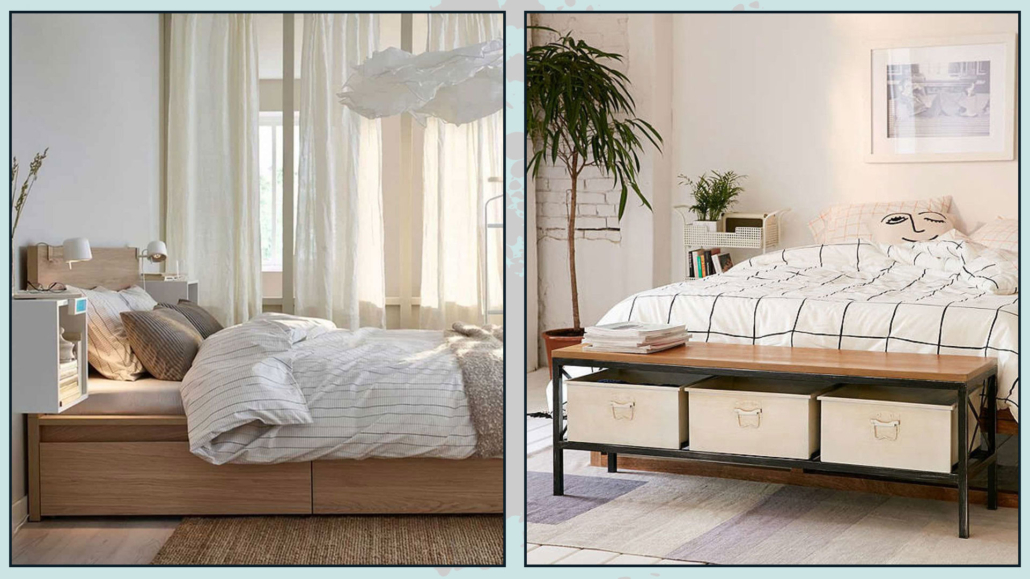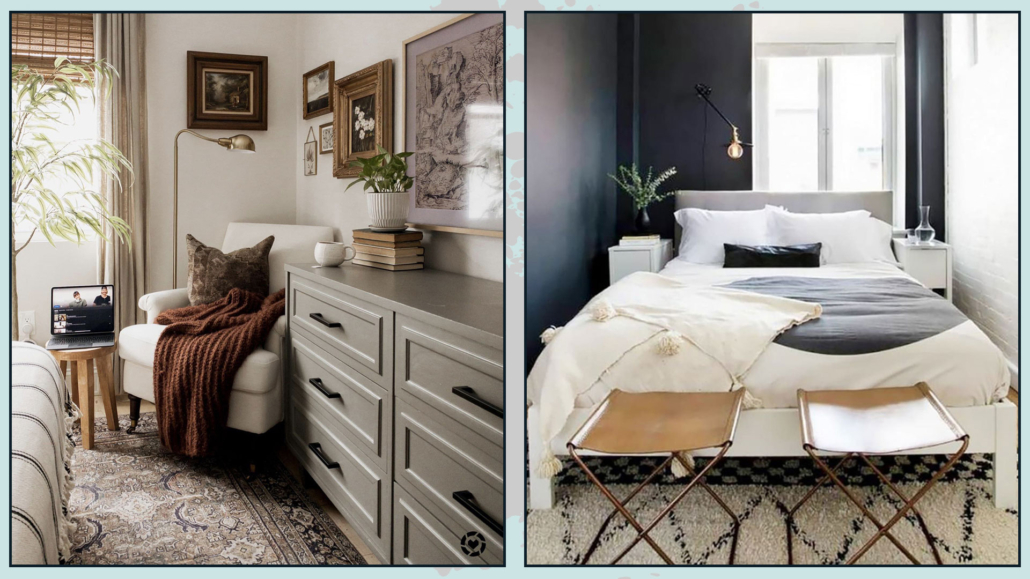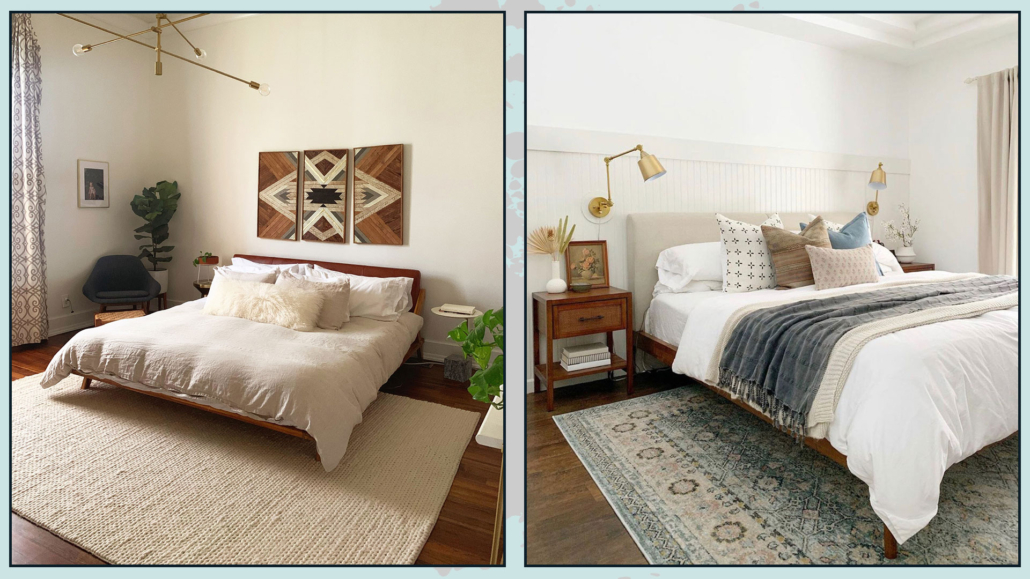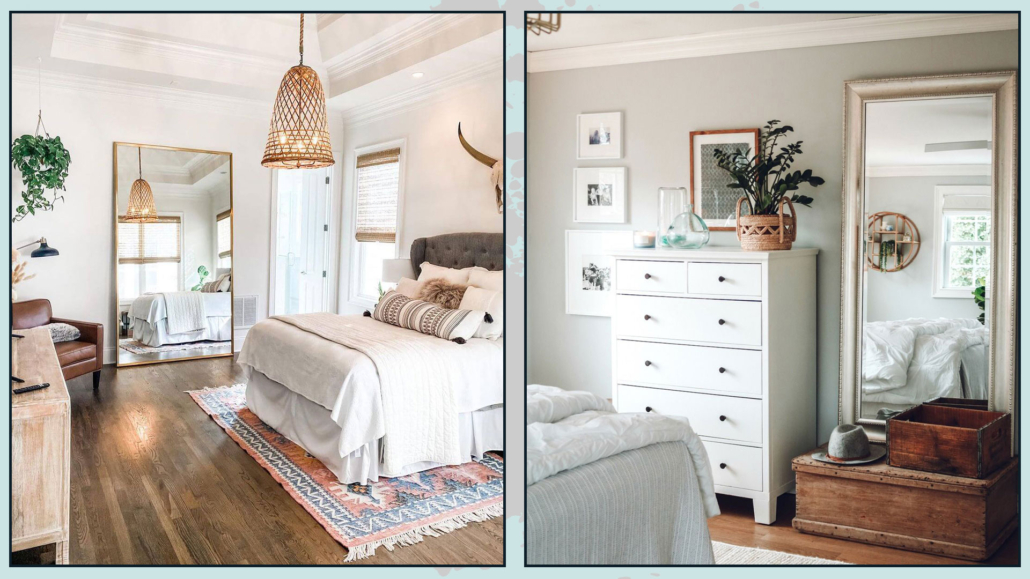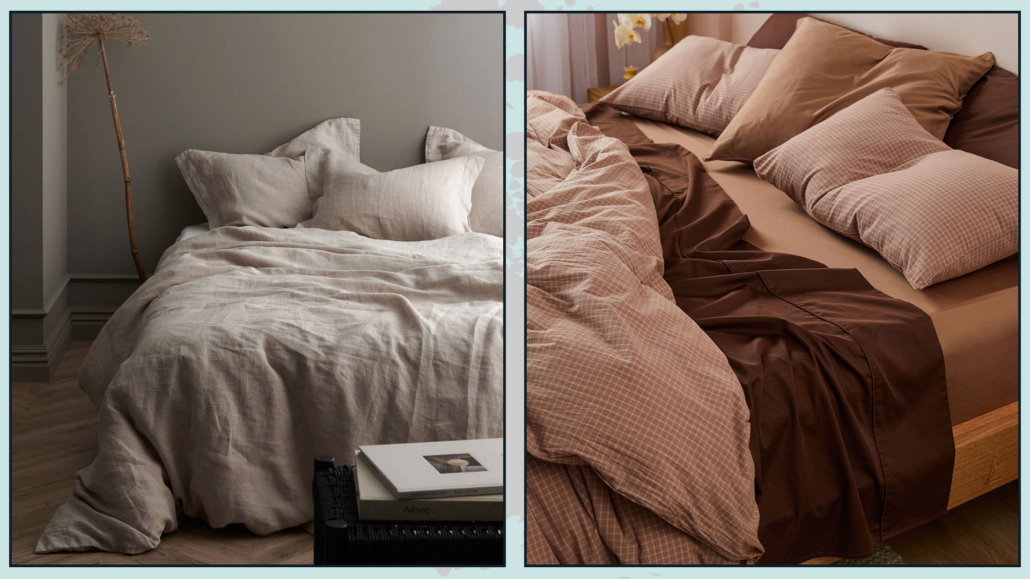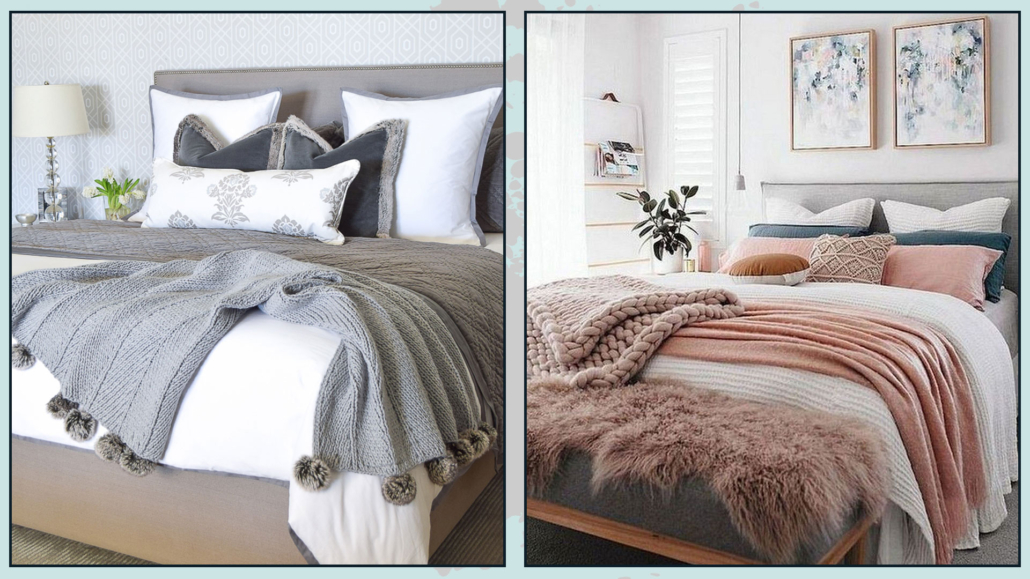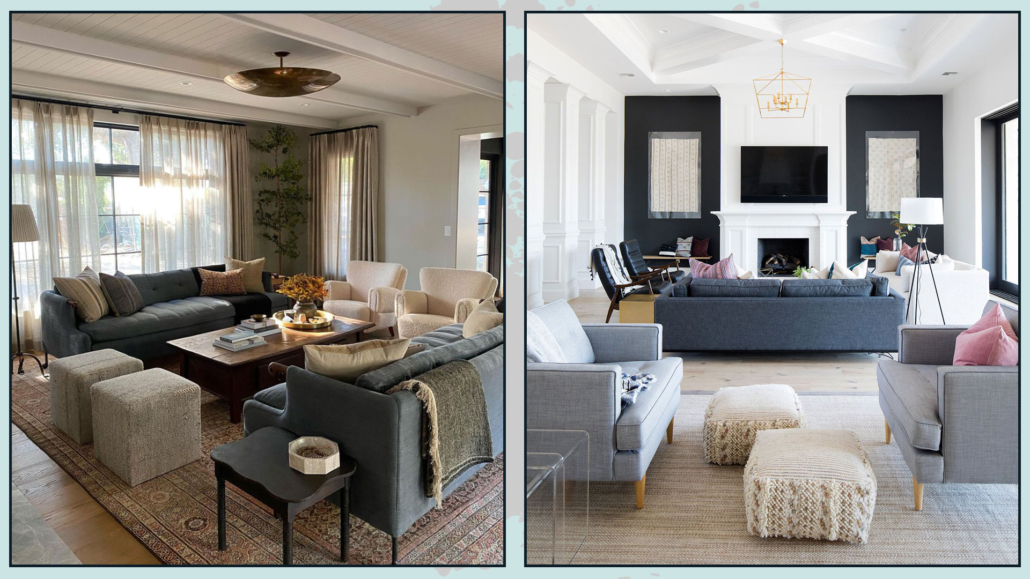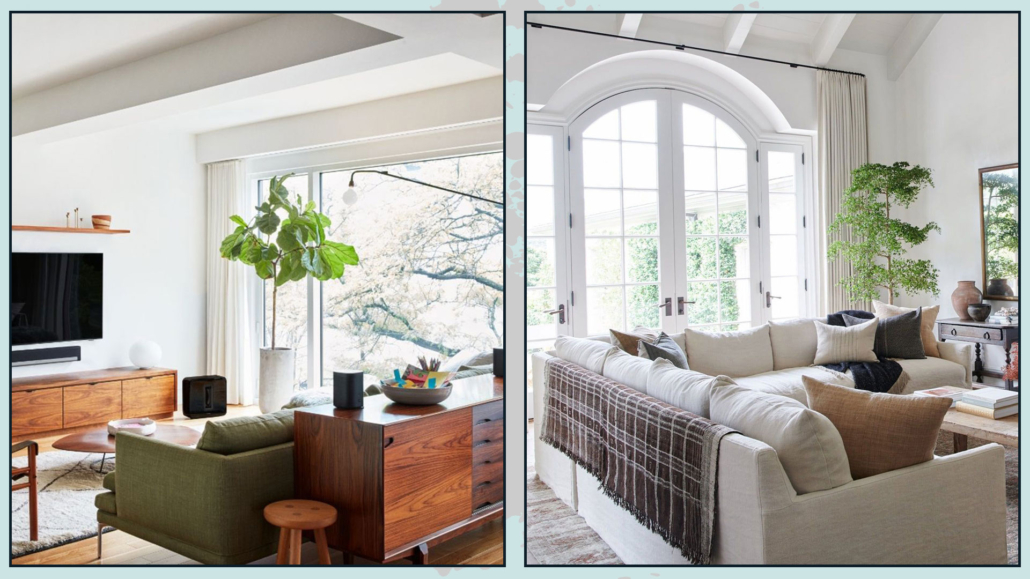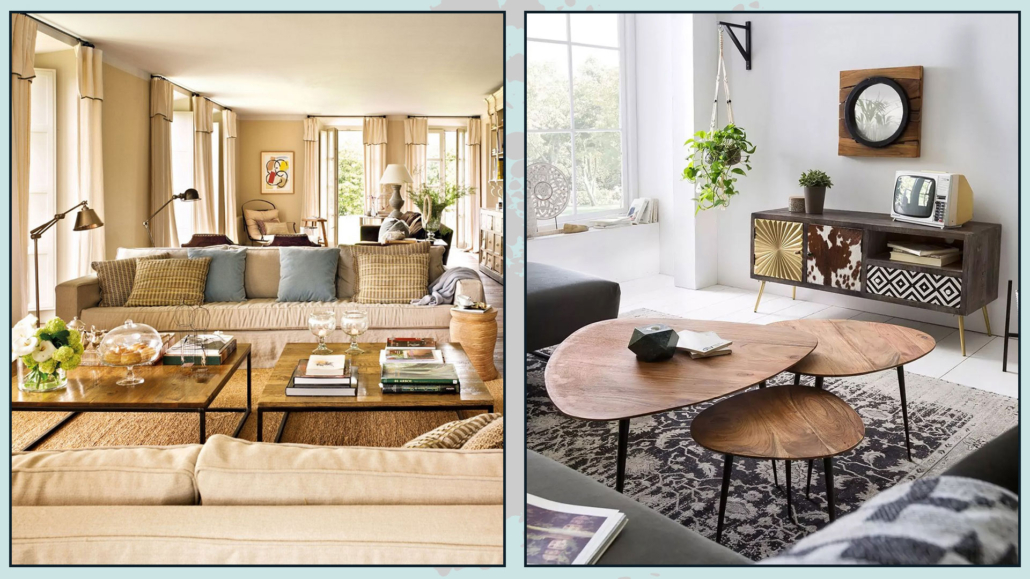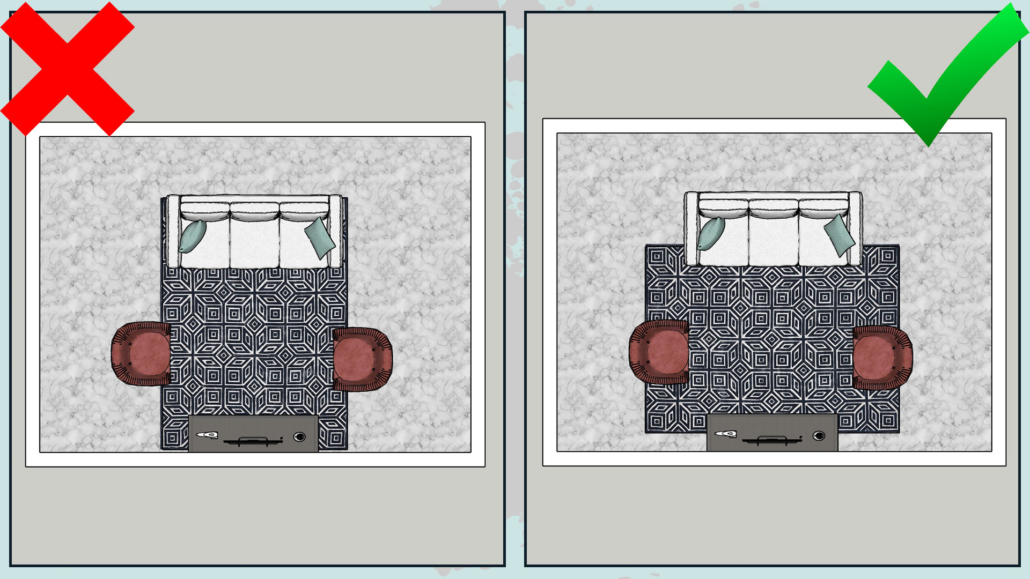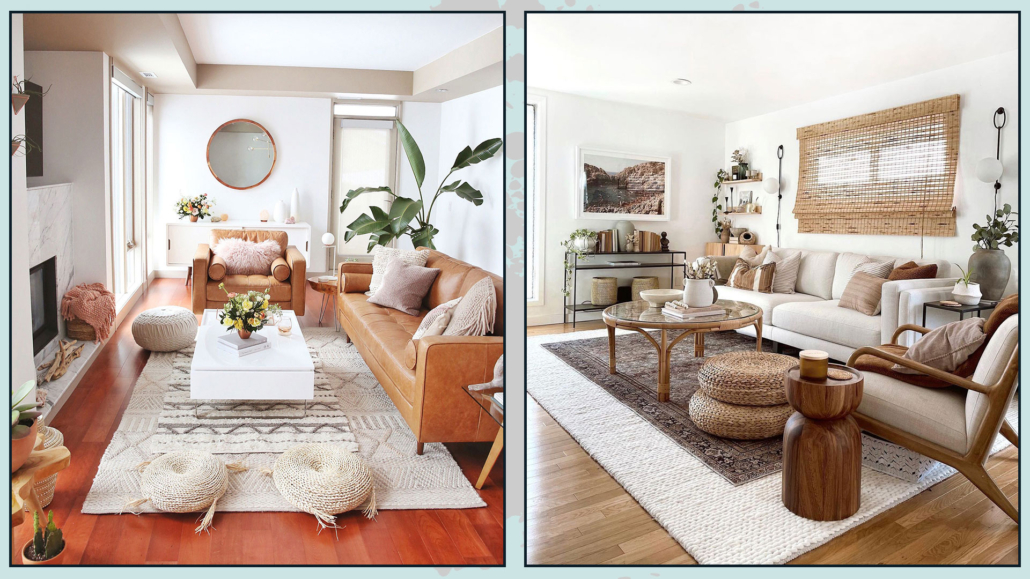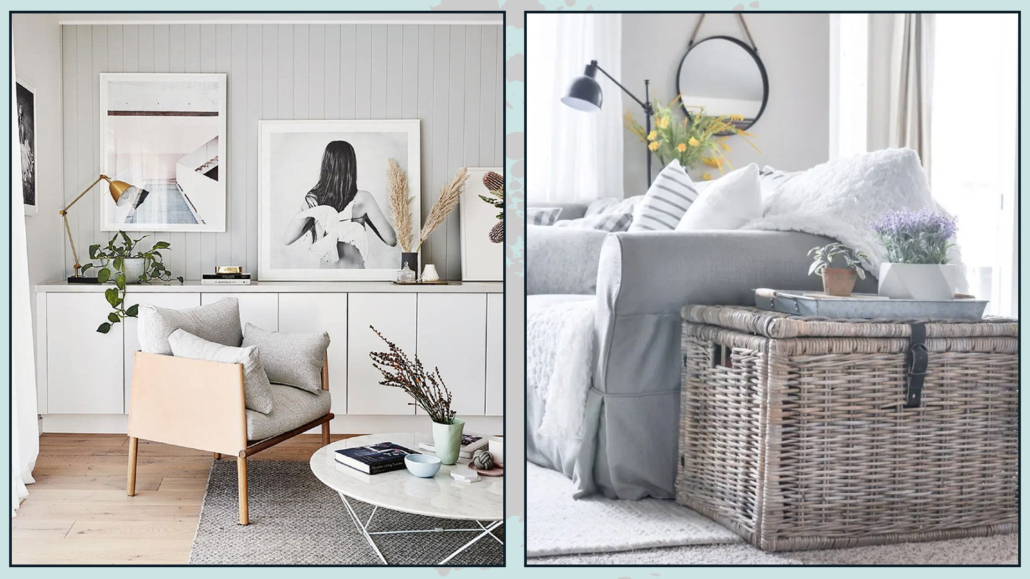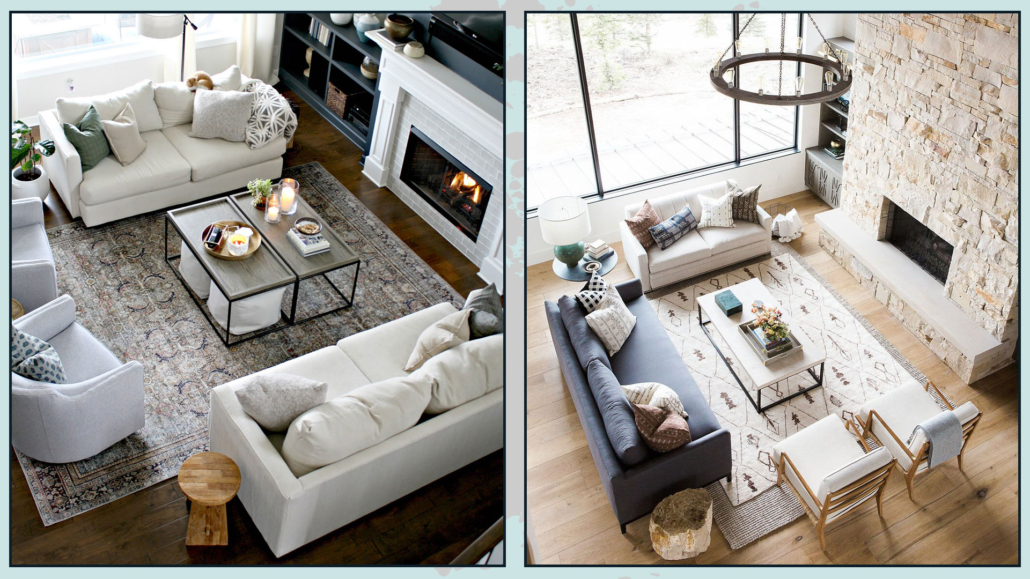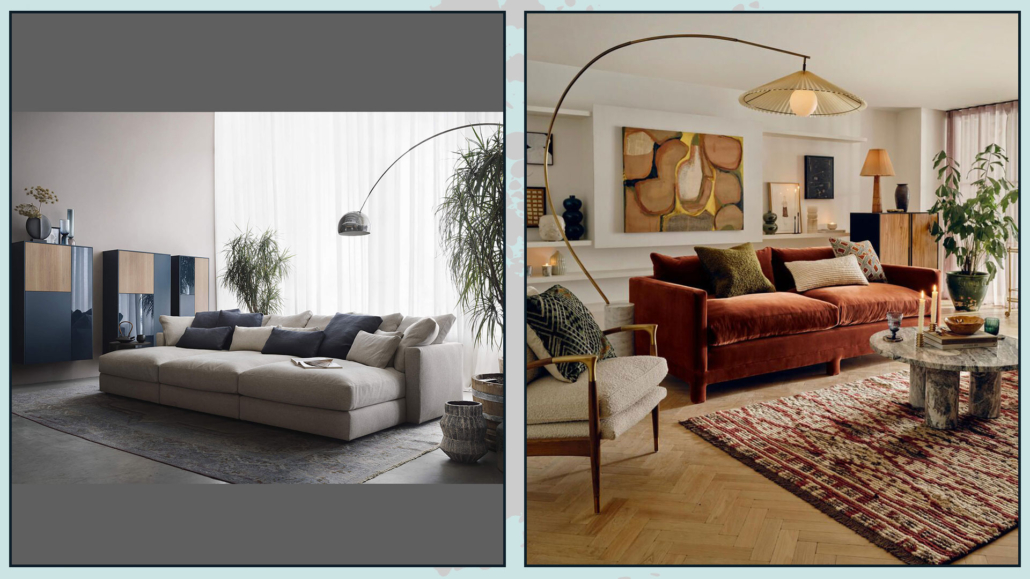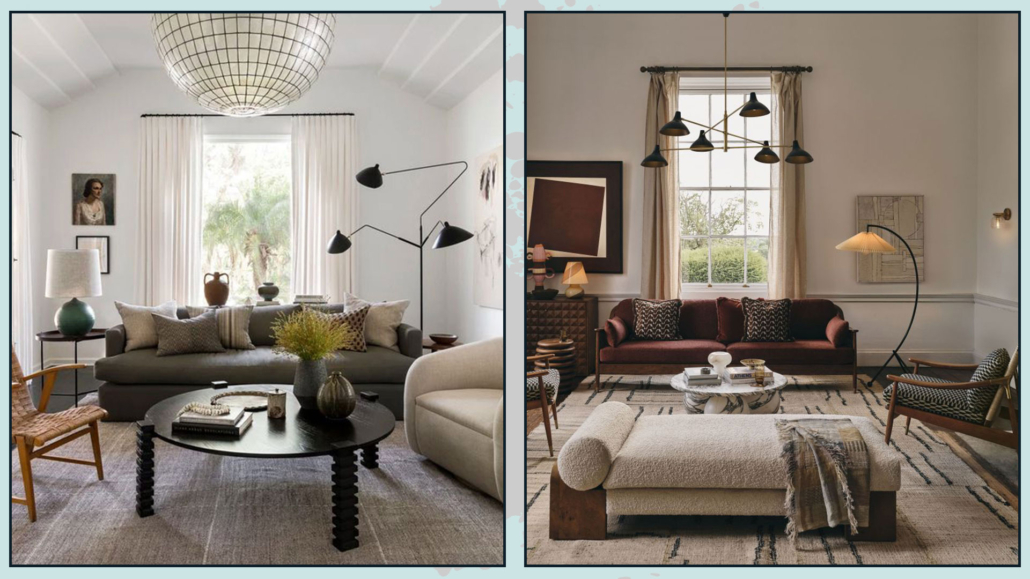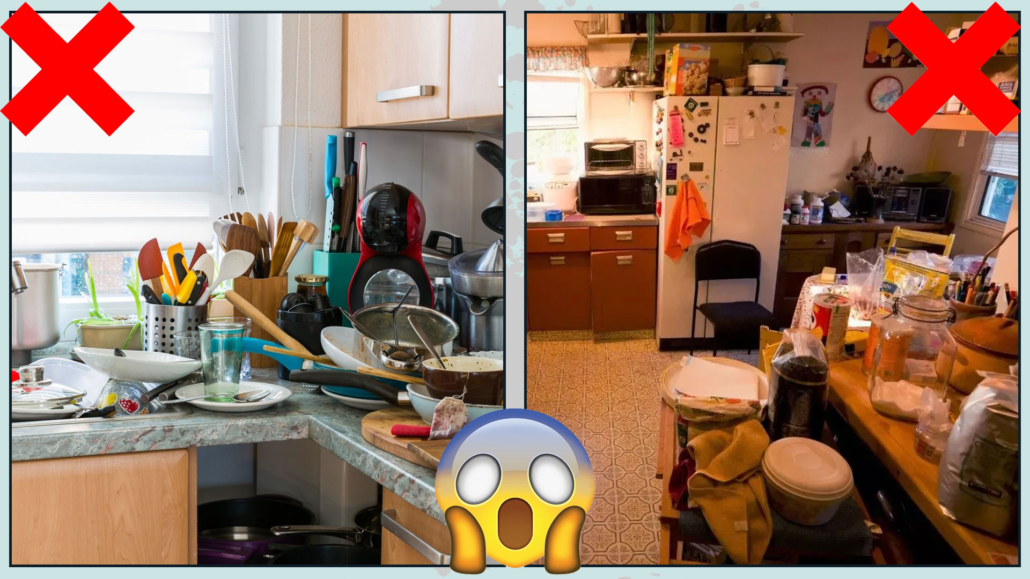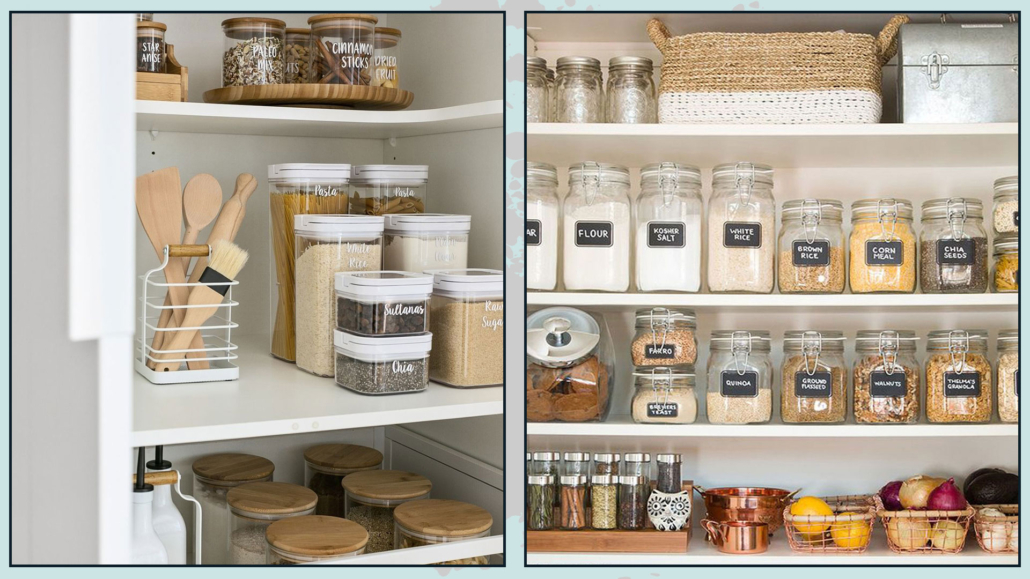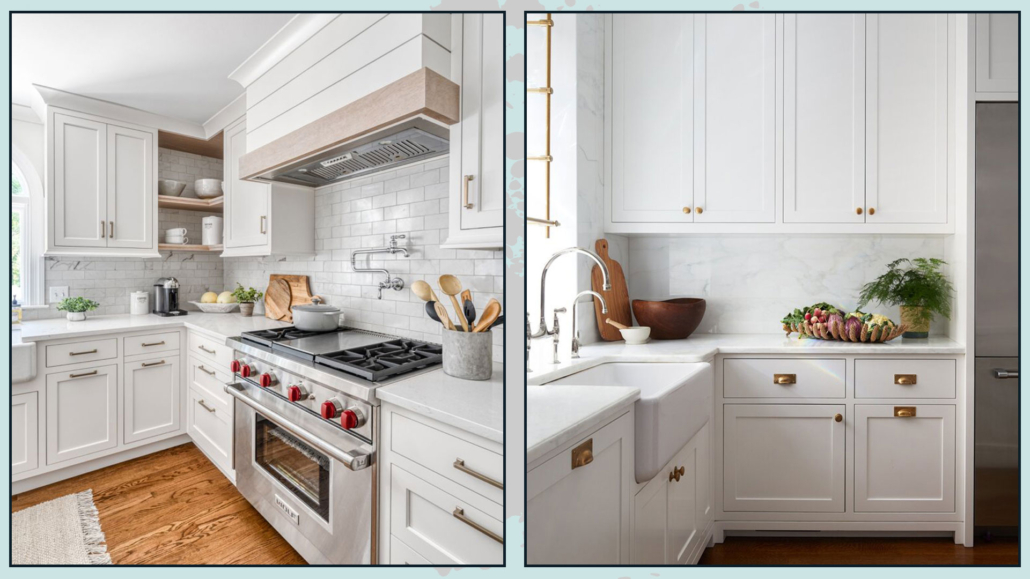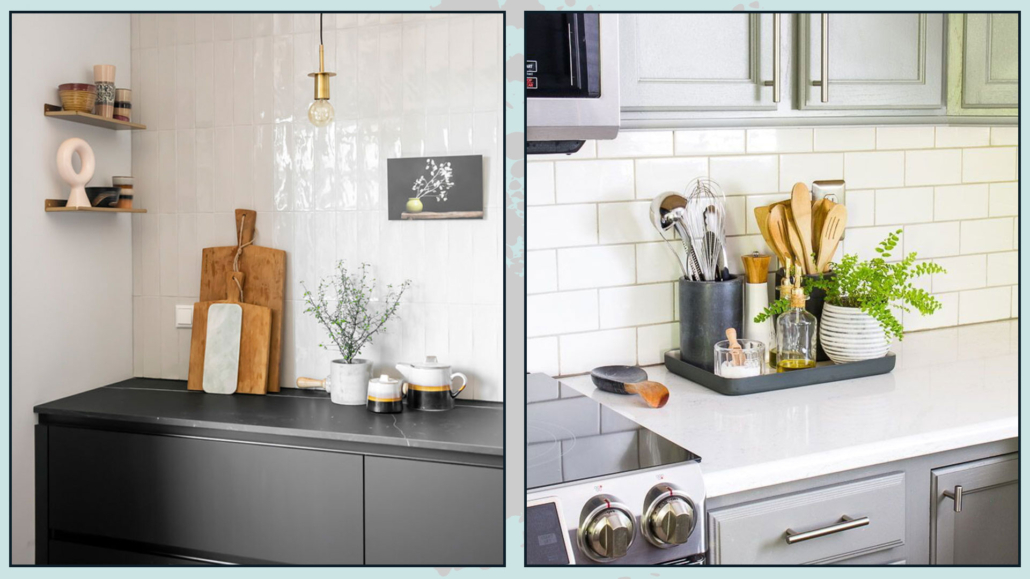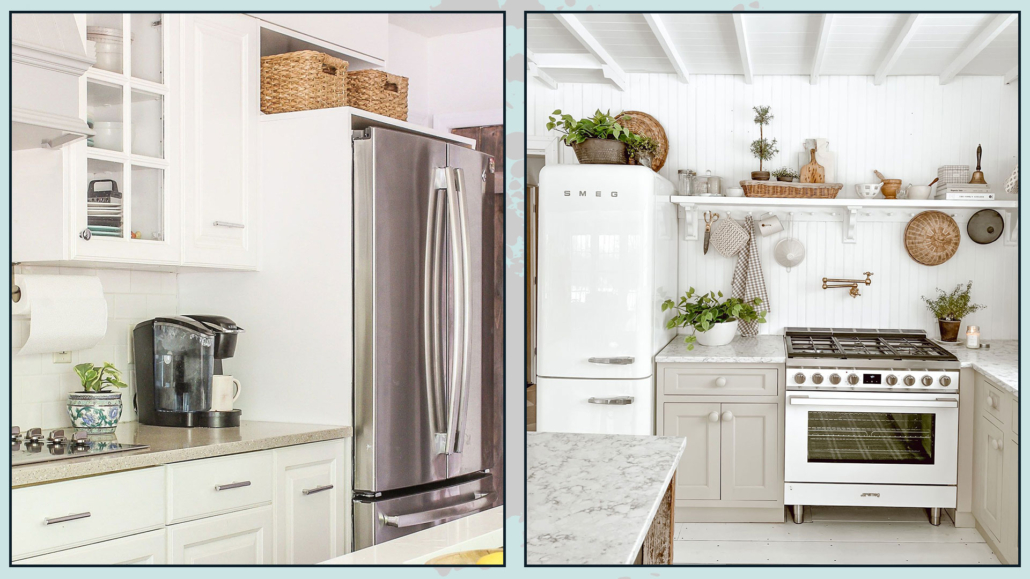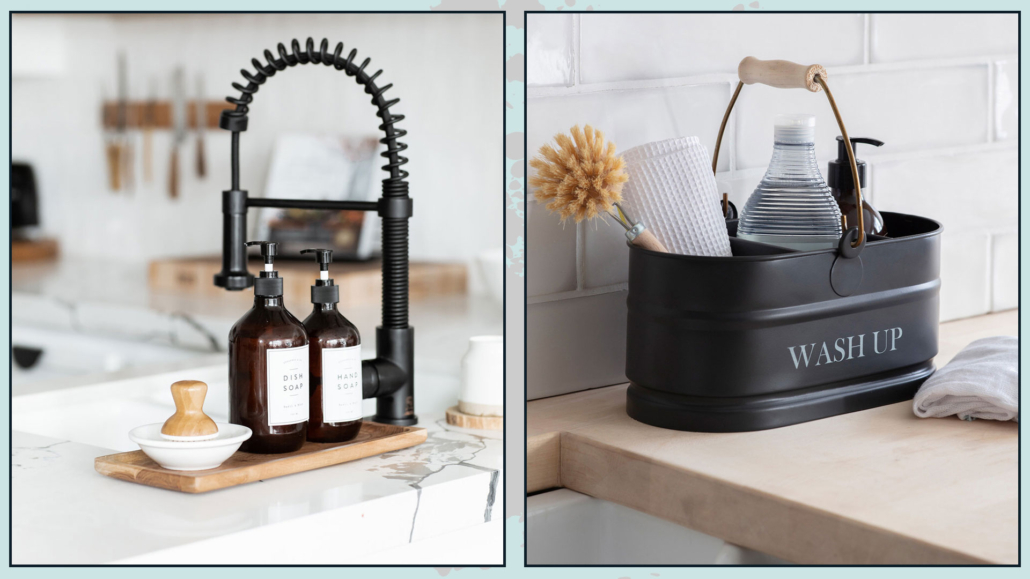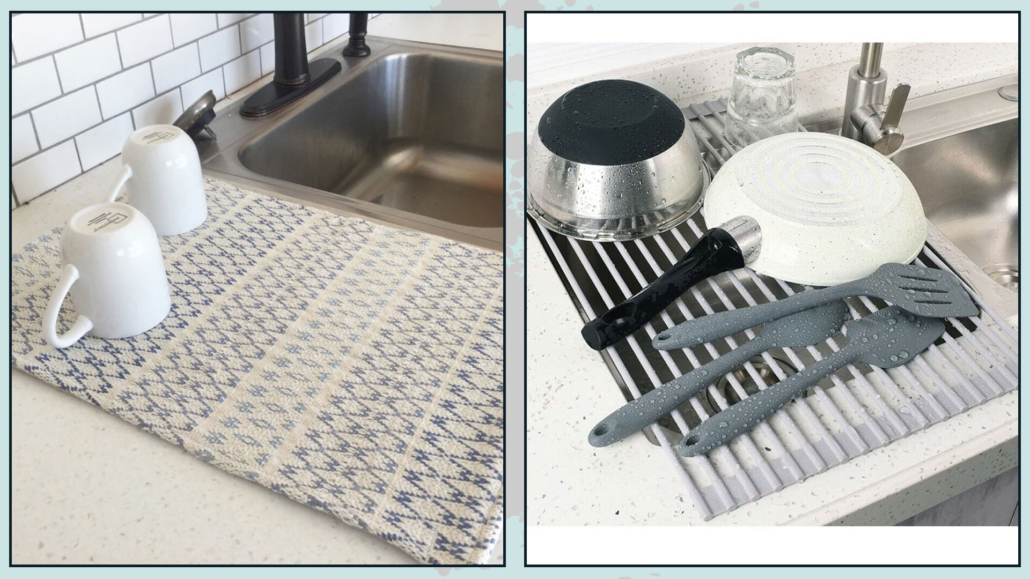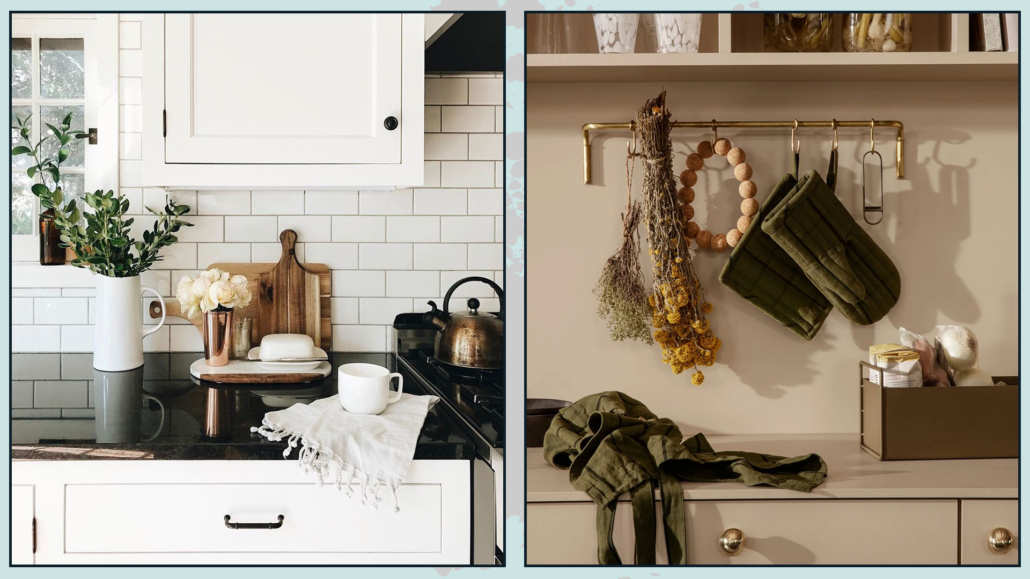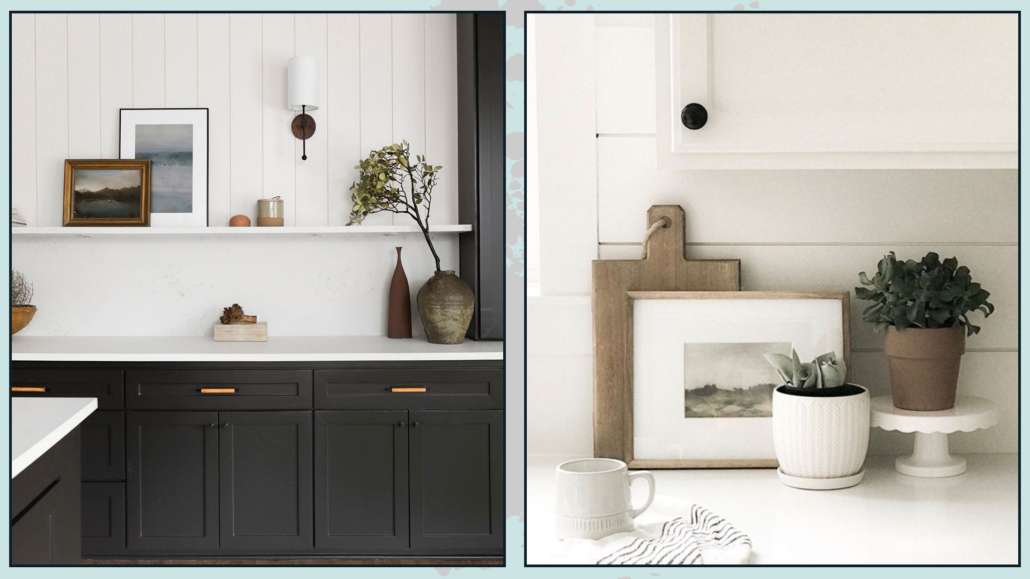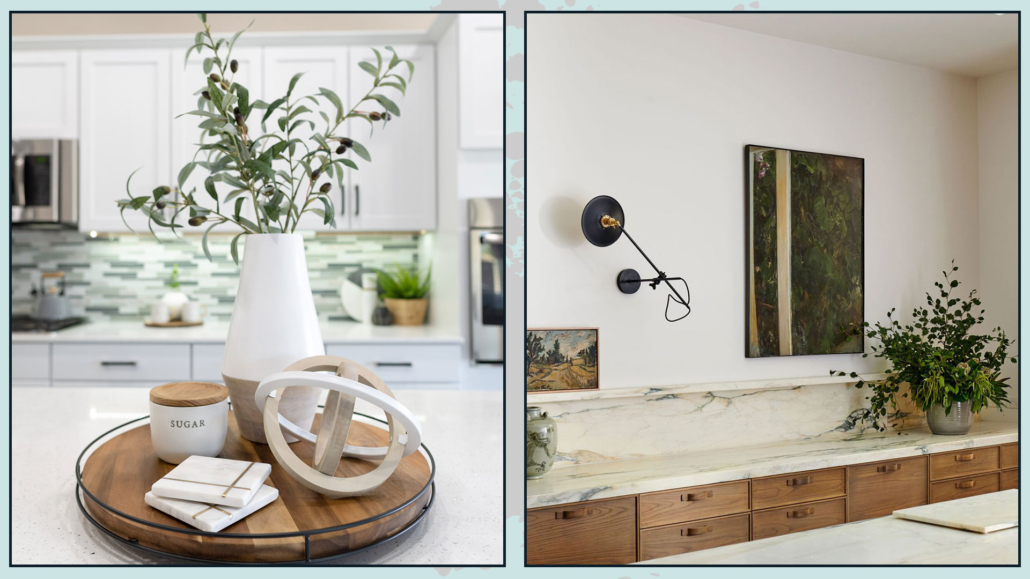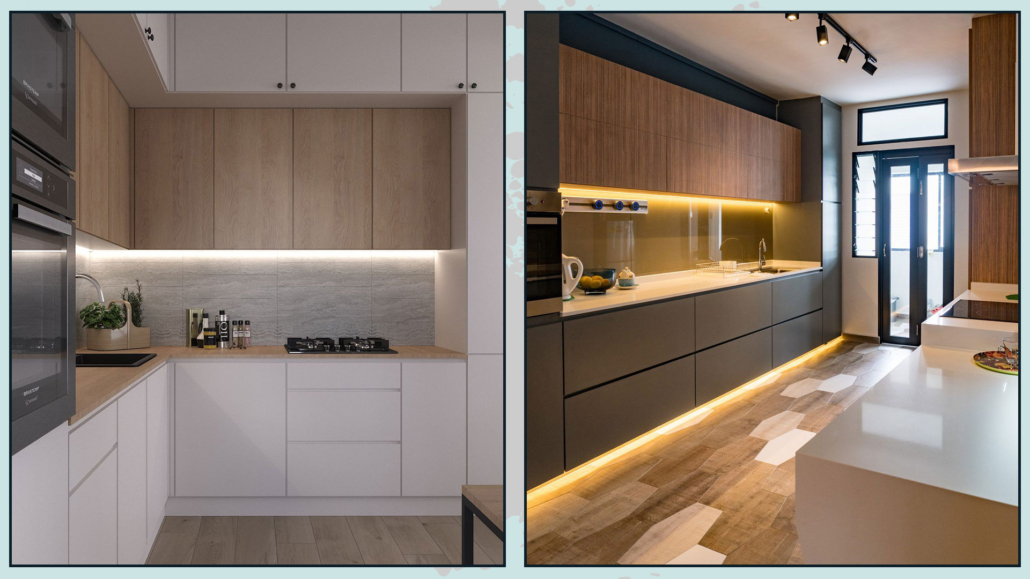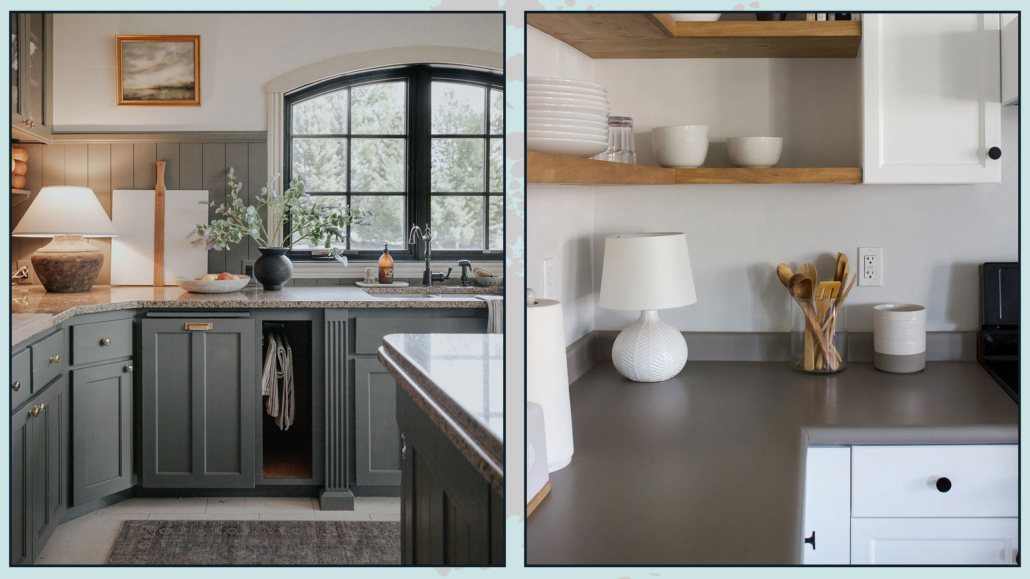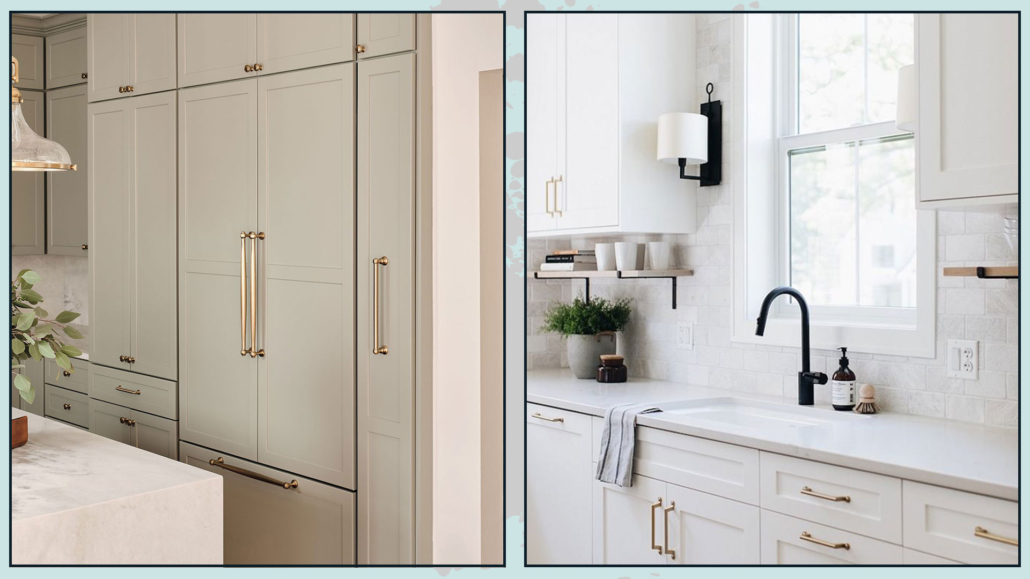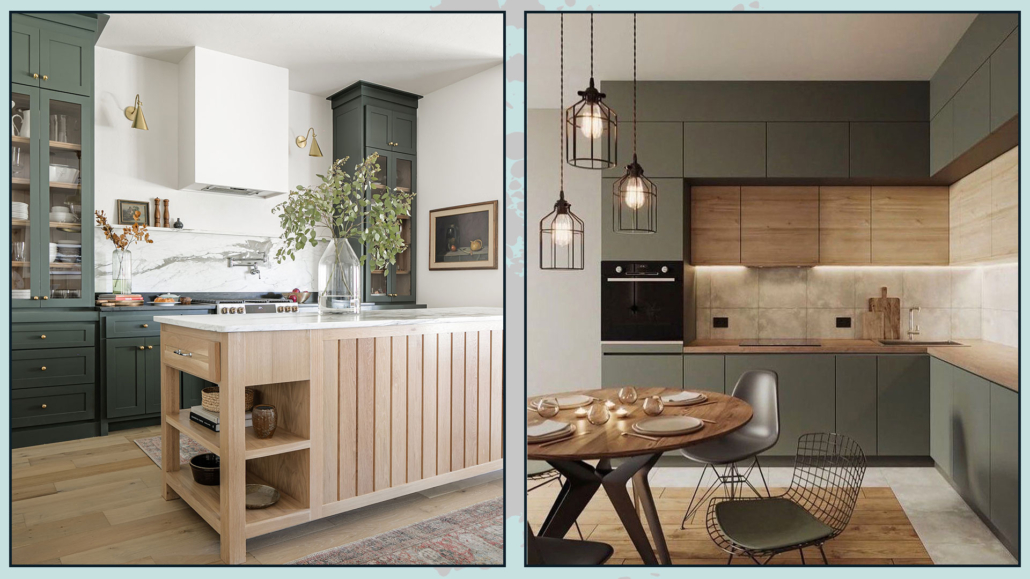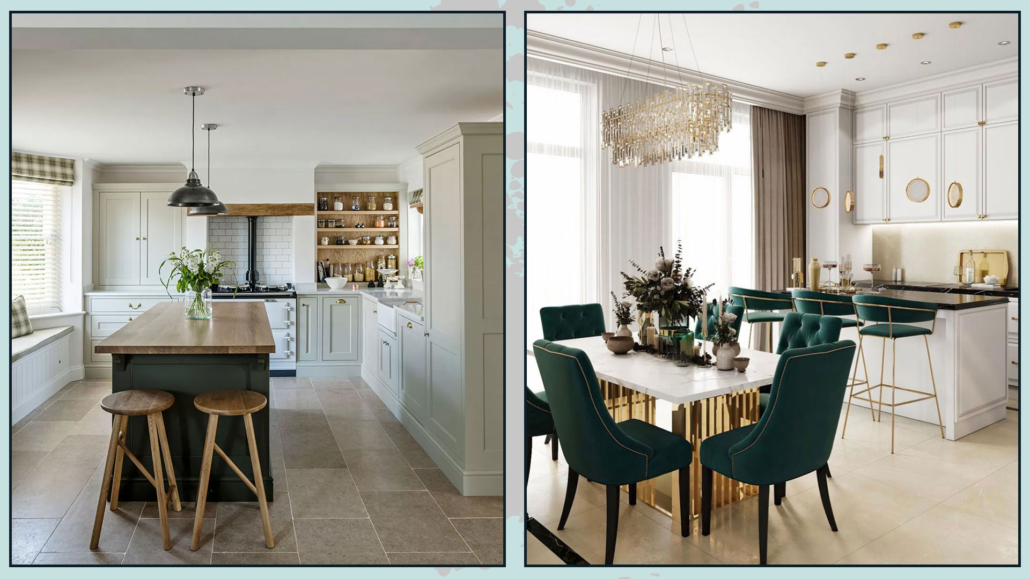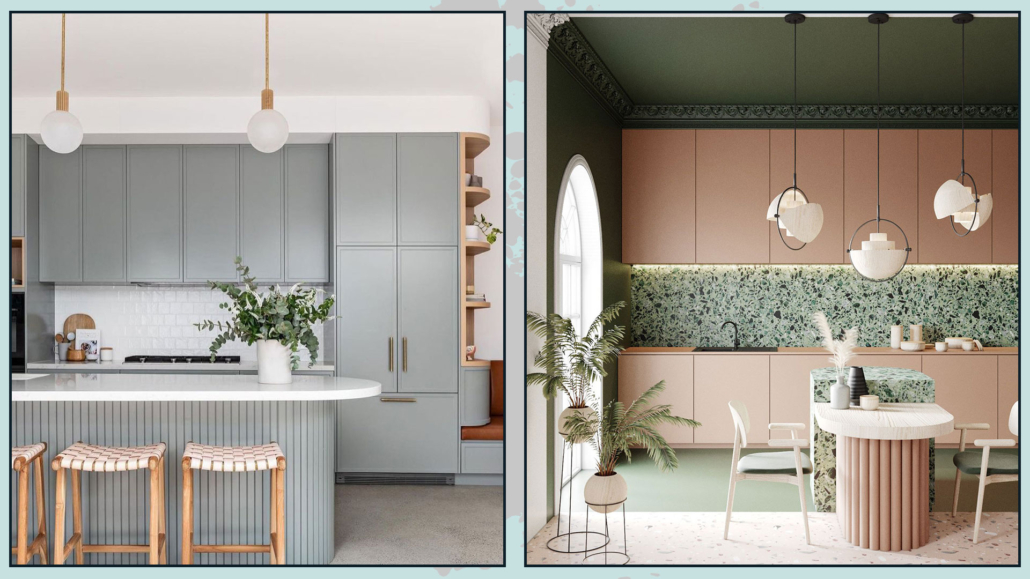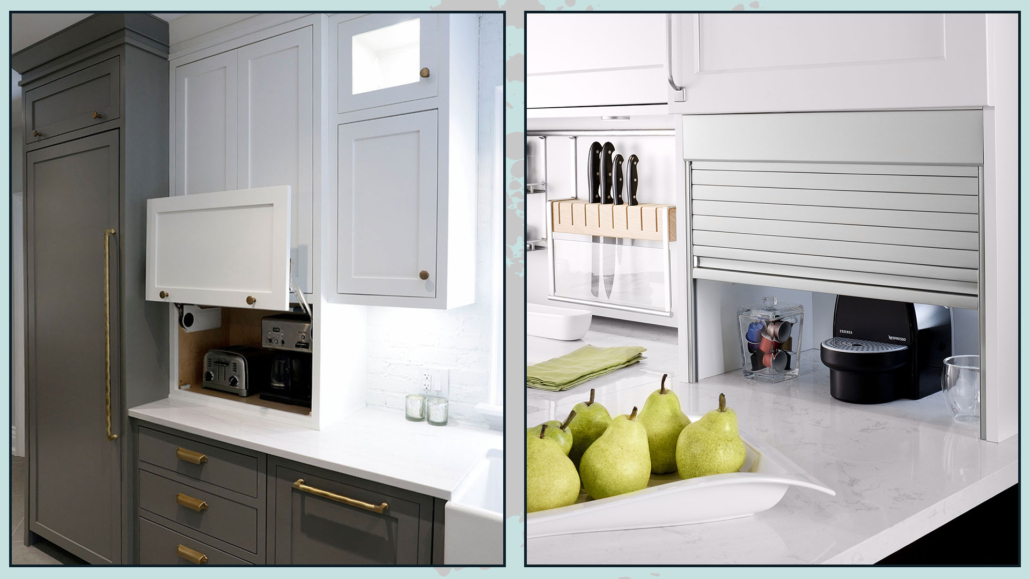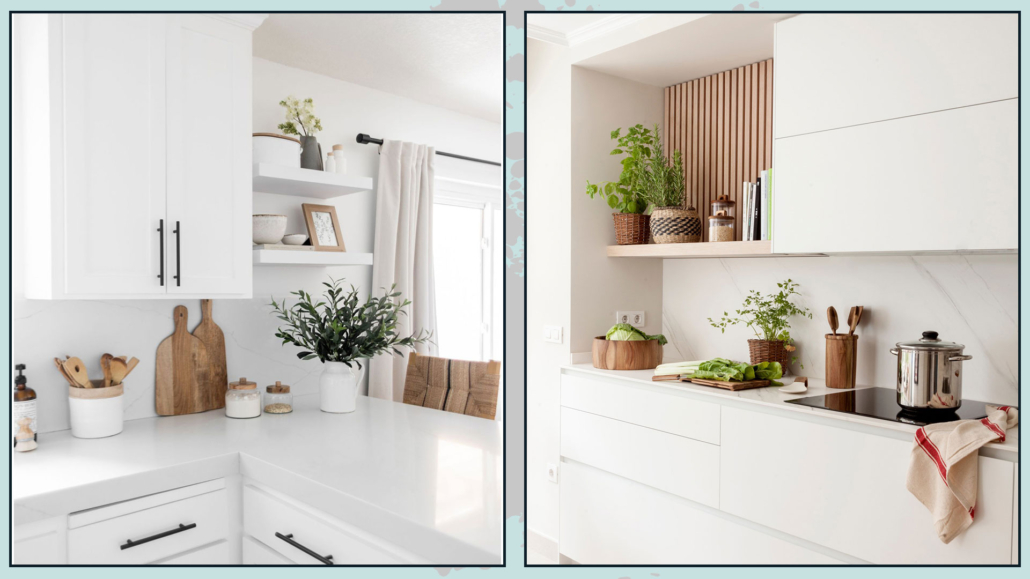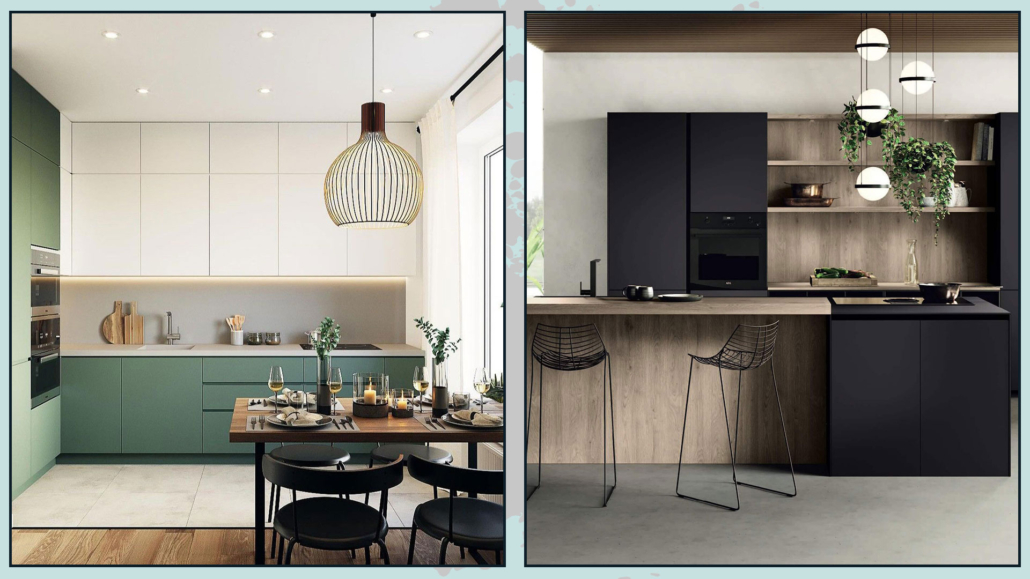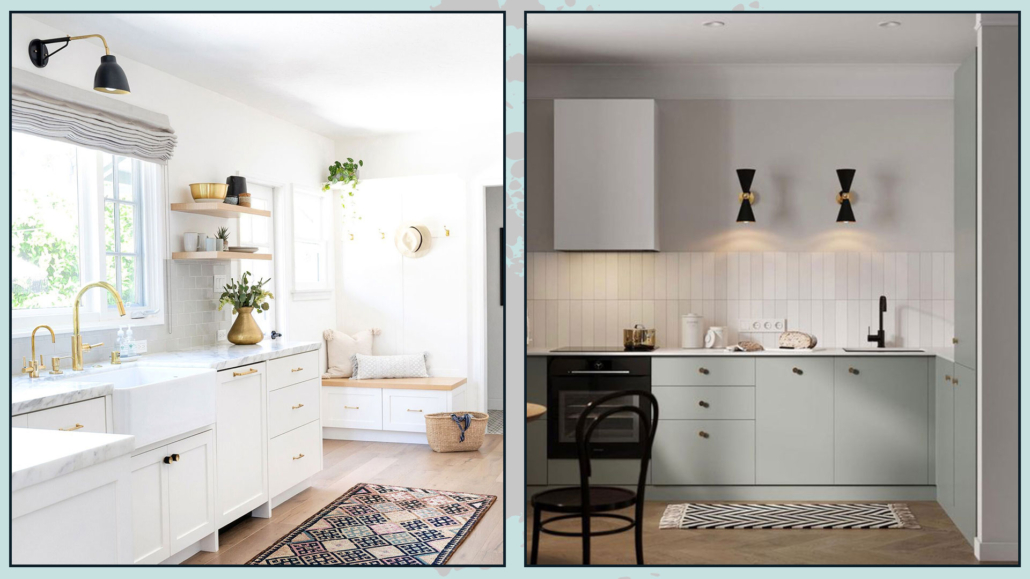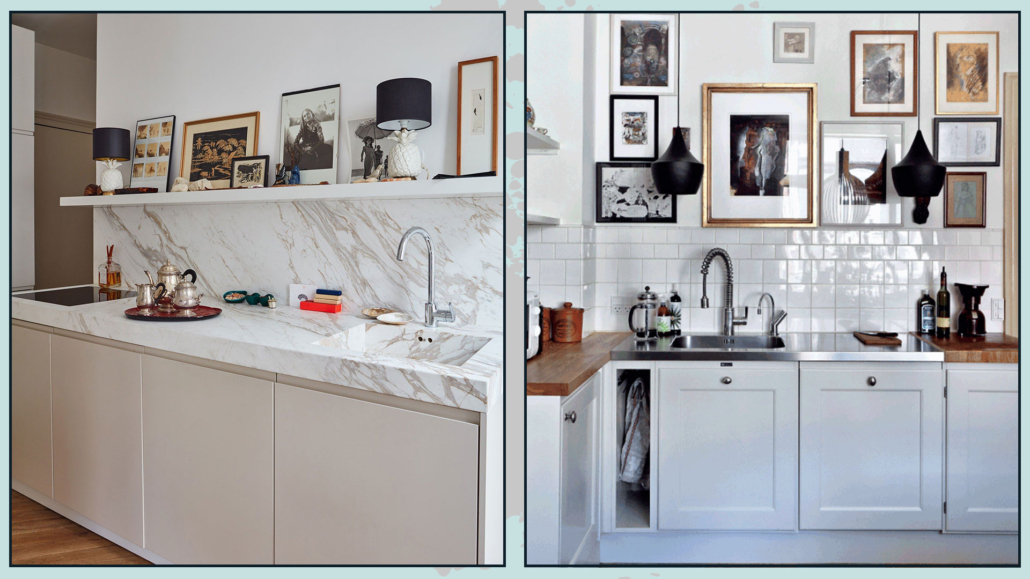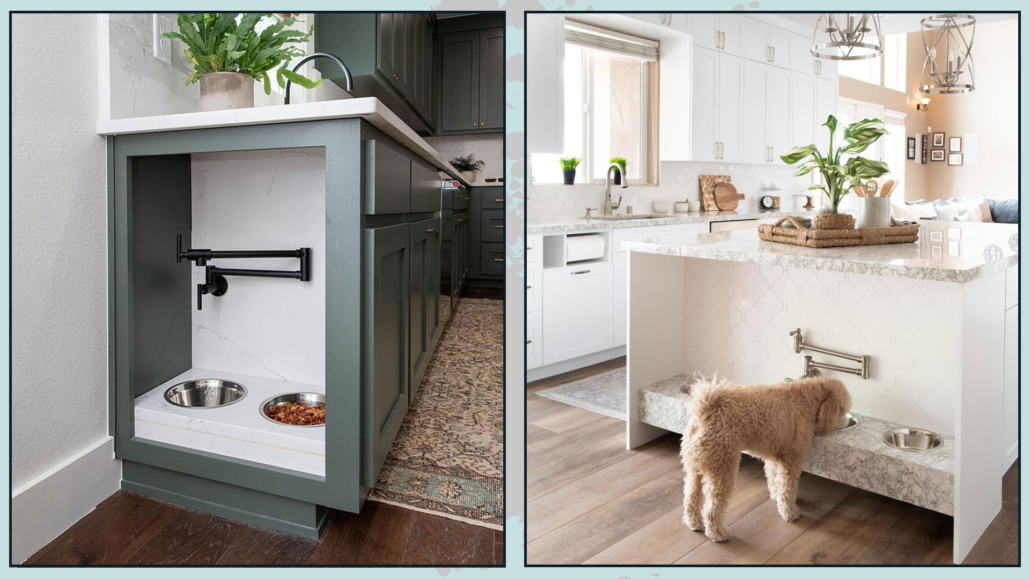Bringing some nature into the home becomes really important because it has a scientifically proven beneficial impact on our being: it brings a good mood and improves the quality of life by reducing stress!
Actually, it’s vital not only in homes but in architecture in general.
Have you ever heard of Biophilic design?
It is a particular way of designing homes, offices, in short, the various places where we live and work so that they are as connected to nature as possible.
The term Biophilic was introduced in 1964 by German psychoanalyst Erich Seligmann Fromm (1900-1980) and literally translated means love for all that is alive!
We also have an example of this way of designing here in Italy: the Vertical Forest in Milan, designed by Stefano Boeri.
However, since not all houses are yet designed and built with this philosophy, we need to start from the bottom, bringing nature into our homes ourselves!
Of course one of the first things to do is to use environmentally sustainable materials as much as possible, but this is only the basis!
Some elements help this reconnection to nature…
Let’s see what they are!
NATURAL LIGHT
Light is the primary and fundamental element for one’s well-being.
Many studies show that in Nordic countries where people are in the dark for many months, there is an increase in cases of depression!
That is why you need to let as much natural light into your home (and office) as possible!
There are ways to “light up” those darker rooms when this is not at hand: I’ve talked about it here!
If you work from home, it will be relevant to place the workstation as close to the window as possible to take maximum advantage of natural light.
You may not know it, but in addition to feeling good, you will increase your productivity and creativity!
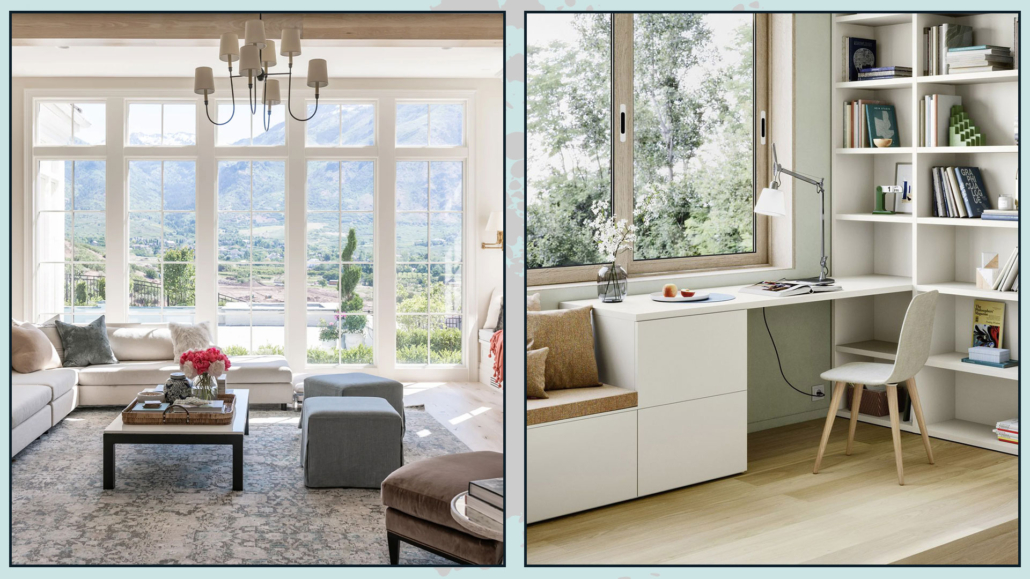
(credits: Rachel Parcell; nidi.it)
FRESH AIR
It is pretty evident how essential fresh air really is, think about how good you feel when you can breathe well when you are in the countryside, mountains, seaside or even just in the middle of the park!
In the average and small town, opening the windows will not only bring in some fresh air but will also allow you to hear sometimes the birds chirping!
Of course, in larger cities where the smog is so much, this is more complicated, but you can try to do it in the early morning hours when there is less traffic and maybe even get help from air purifiers.
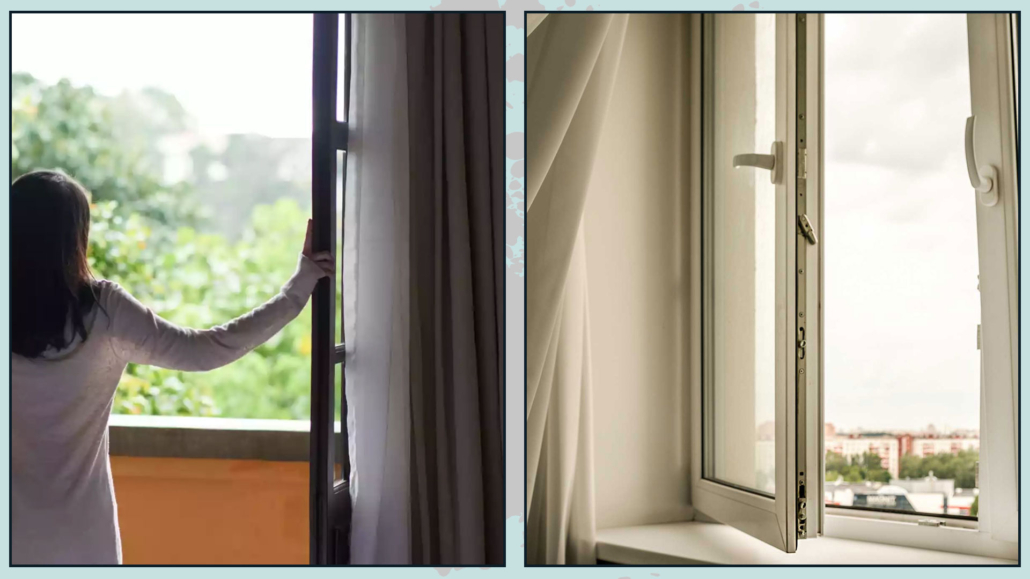
(credits: evanto)
NATURAL TONES
Colors also have their importance, and to feel closer to nature, creating palettes with nature’s own colors will be paramount!
The shades of greens, browns, beiges, blues and light blues, earthy reds and straw yellows…
All colors you see when precisely you are immersed in your favorite habitat!
One of the best ways to create a home color palette that you’re unlikely to tire of is to take colors from an image of your favorite landscape!
Does that sound like a strange idea?
Actually, if you try typing in the search engine or even in Pinterest, “color palettes”, you will see that many palettes are really taken from images!
There are many programs online that can extract colors from a photo by giving you codes that will allow you, again with online programs, to reach the color of your favorite brand!
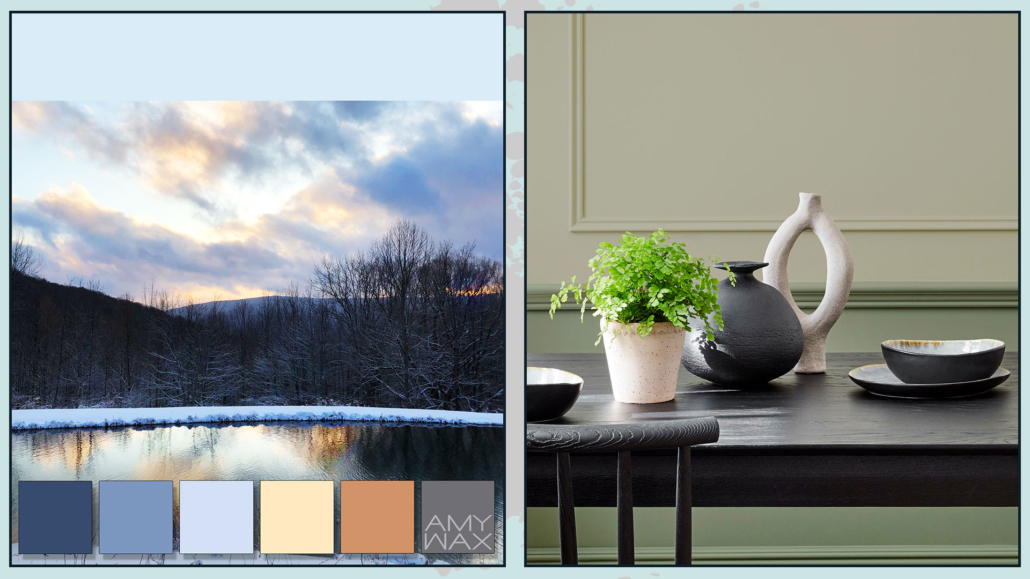
(credits: amywax.com; Little Greene)
PLANTS
That is the fastest and easy way to bring nature into the home!
There is no room in the house where you cannot have plants, not even the bedroom, as Simona Borgia explained here!
Plants bring some life into the home, and many also have purifying properties!
They also bring in some moisture, which is very helpful, especially in winter when the air tends to dry out because of the heaters!
It is a great way to bring green into the home, a color that helps promotes calm and tranquility.
That is even for those who might not like green as a color!!!
Plants also bring rhythm and movement due to their shapes, and this brings some vitality to the environments!
Then giving necessary attention and care to the plants is another very relaxing factor indeed!
If, by chance, you are not exactly a green thumb, know that there are plants that are really easy to maintain!
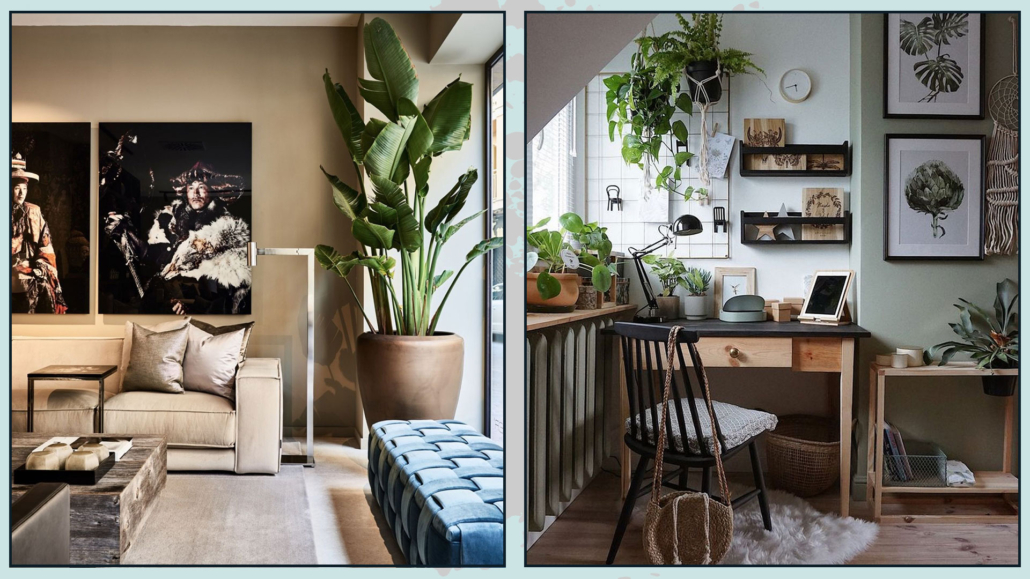
(credits: Eric Kuster; naszedomowepielesze.pl)
NATURAL MATERIALS
Also using natural elements such as furniture, textiles, and decorations as much as possible is another way to reconnect with nature.
Wood, marble, linen, rattan, and wicker are elements that will make a big difference in feeling connected to nature!
Wood, in addition to furniture, can be used in decorations: think of beautiful trays on which you can then create beautiful compositions!
A “slice” of the tree trunk might even be enough!
Adding beautiful wicker baskets will bring warmth and texture and precisely make you feel closer to nature!
Again, if the style allows, a rattan armchair could be that element that gives that extra touch to the room!
Don’t underestimate the beauty and properties of stones, too!
Stones are beautiful because of their uniqueness in shape, color, and texture; thus, they can be a valuable decorative element: think, for example, of a beautiful bowl with an array of stones that are all different.
I told you about stones because they also seem to have the ability to make us feel more grounded and more aligned with nature!
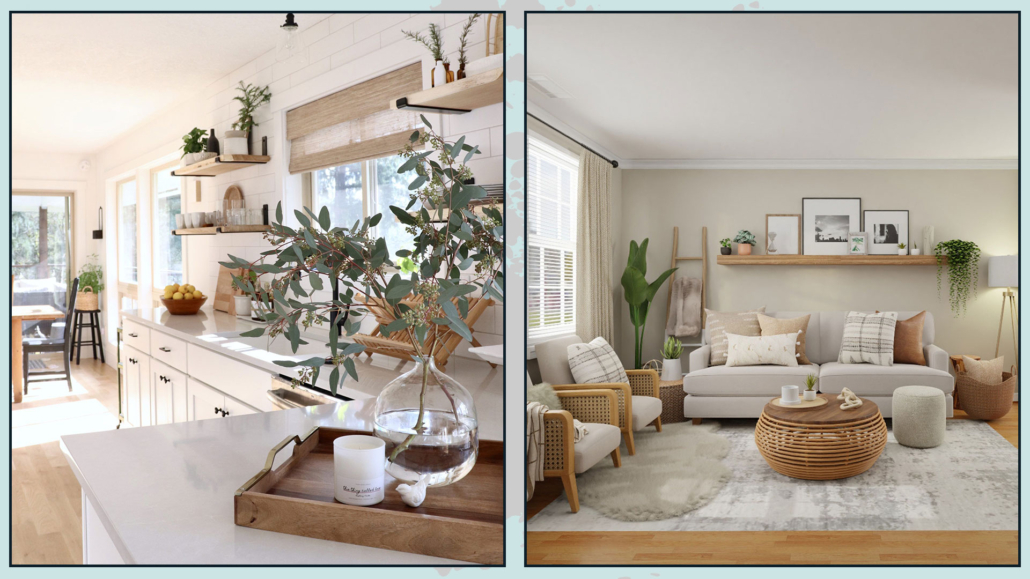
(credits: allisajacobs.com; spacejoy.com)
SENSORIAL ELEMENTS
I’ve said it before, a home should be experienced with all the senses, and if we want to feel more connected to nature, we can’t help but try to recreate scents and sounds as well!
Bringing fragrances of nature into the home, such as might be a forest scent, helps lower stress!
In addition, sounds, such as the flow of water, also promote reconnecting with nature!
There are drinking fountains that can also be decorative.
If not, there are also many tracks that pick up the chirping of birds or the waves of the sea, for example, and it might be an idea to have them in the background!
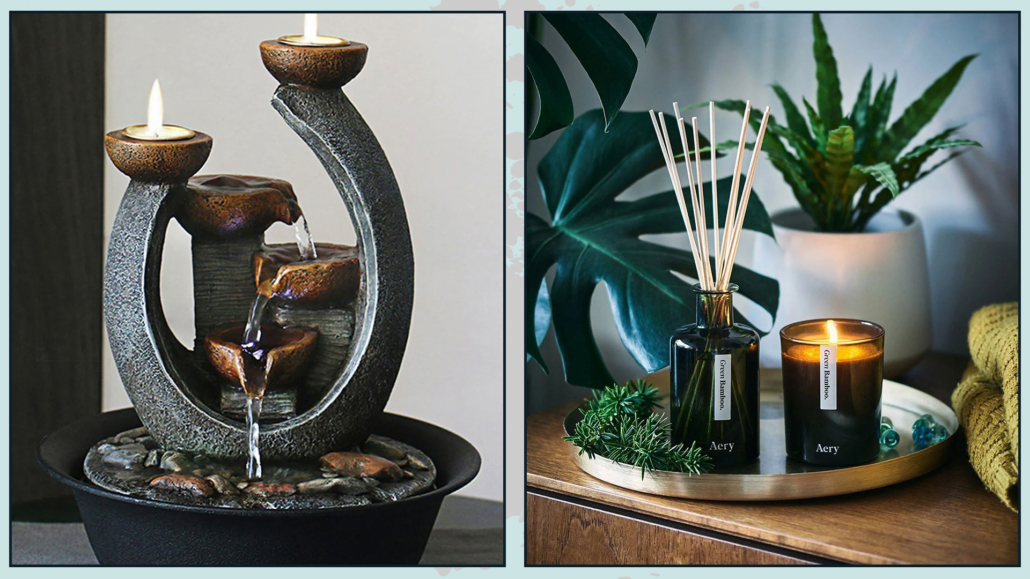
(credits: ArtDigest; aeryliving.com)
I hope this article was helpful and you love it; in case, let me know in the comments!
Feel free to share it with anyone you think might be interested, I will be honored, and it will help me get my name out there.
If you feel that your home, or some environment of it, does not reflect you enough, do not wait any longer and book your consultancy!

